Topic clusters can strengthen your website’s authority, improve SEO performance, and enhance reader experience.
Need proof?
Check out our content cluster on SEO marketing:
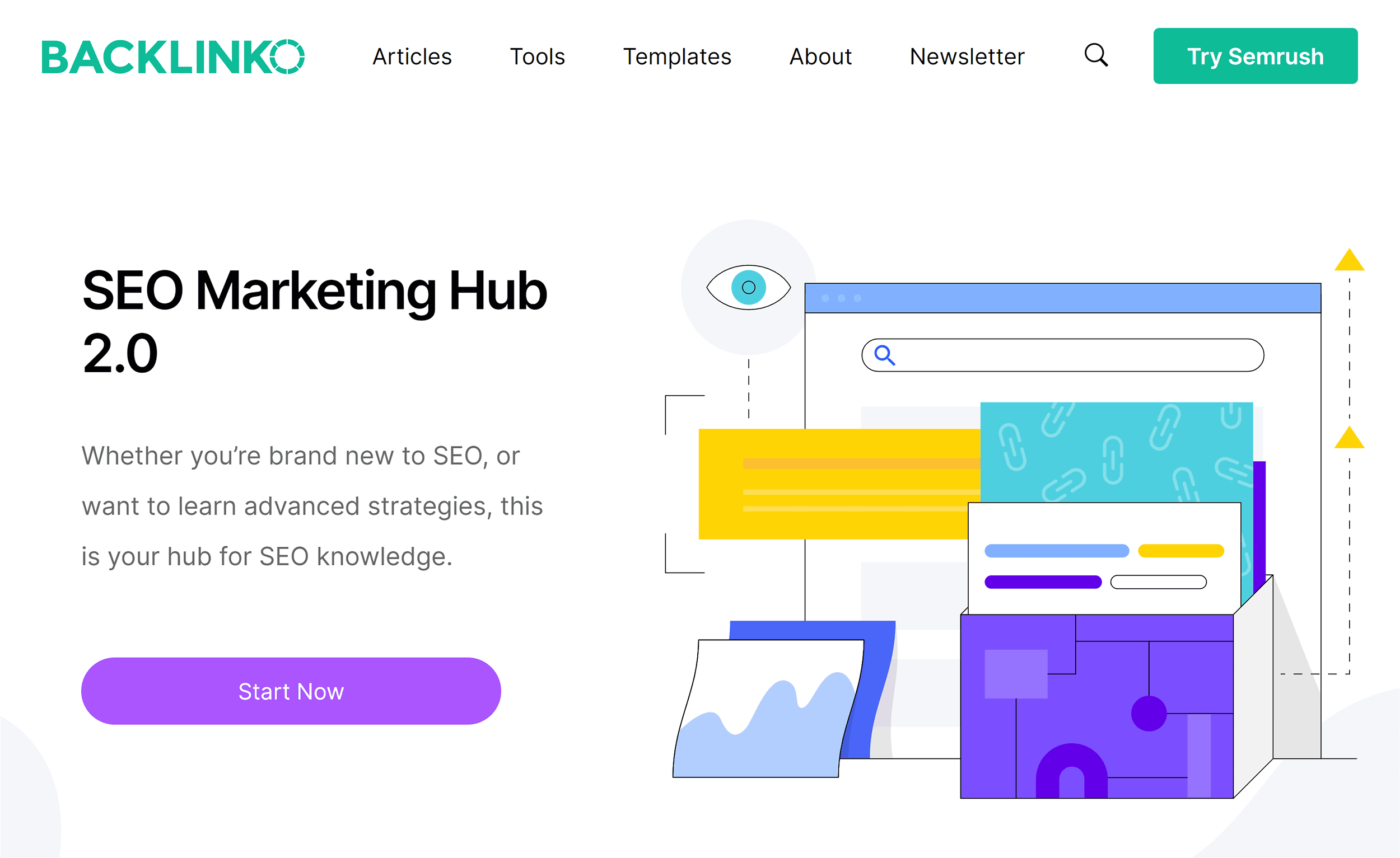
This 57-page cluster provides a comprehensive knowledge hub for anyone who wants to learn SEO.
The result?
The content cluster ranks for over 29K keywords, driving more than 158K visitors to Backlinko’s website. And it has picked up almost 165K backlinks.
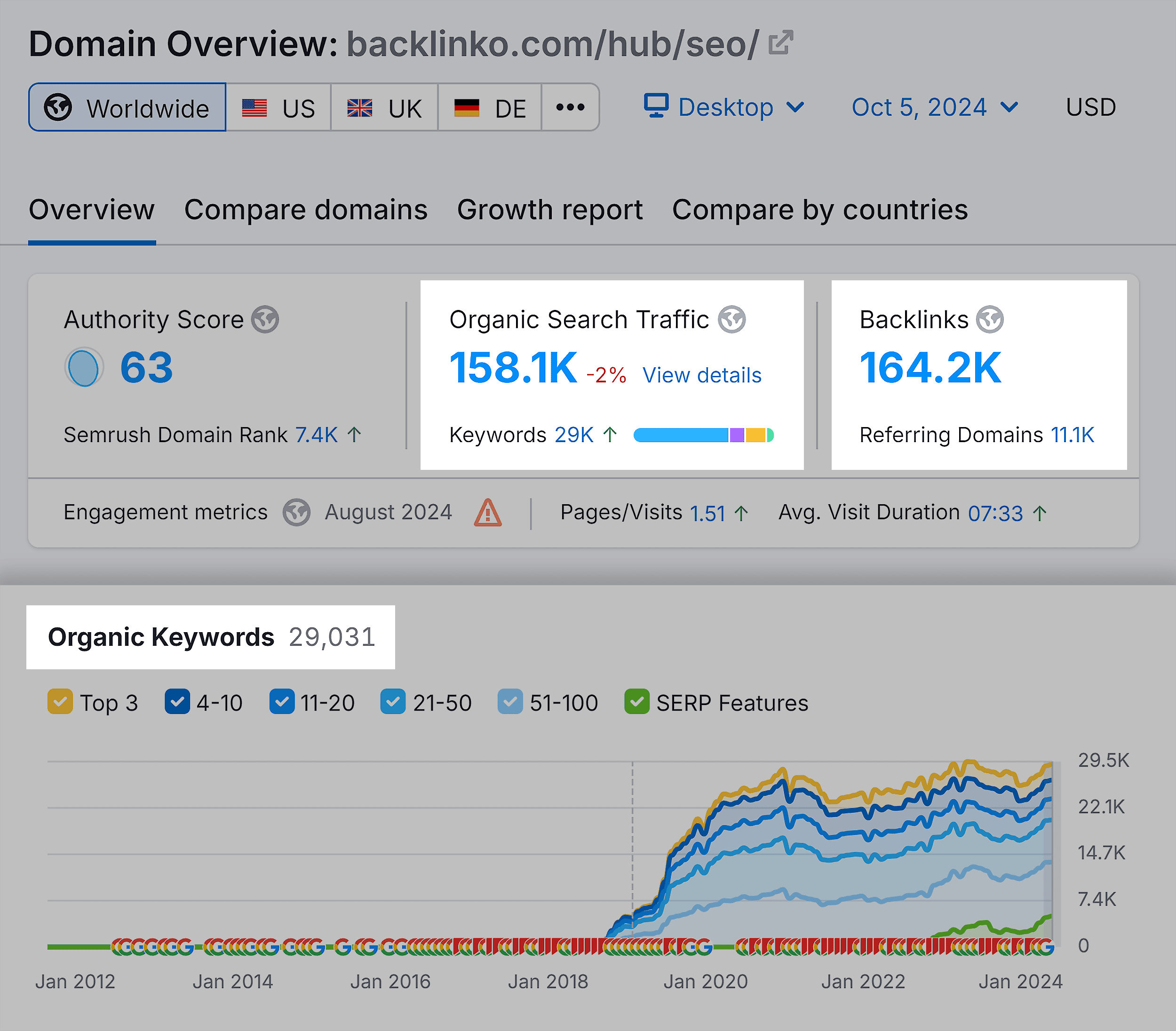
In this guide, you’ll learn how to build topic clusters like this one. We’ll share benefits, examples, and tactical tips to help you get started.
What Is a Topic Cluster?
A topic cluster is a group of pages covering a single topic or theme in detail.
This strategic approach links several pages that discuss one aspect of the topic. A central pillar page then brings all these subpages together to cover the topic broadly.
Let’s understand this concept better with one of Backlinko’s top-ranking content clusters on YouTube marketing.
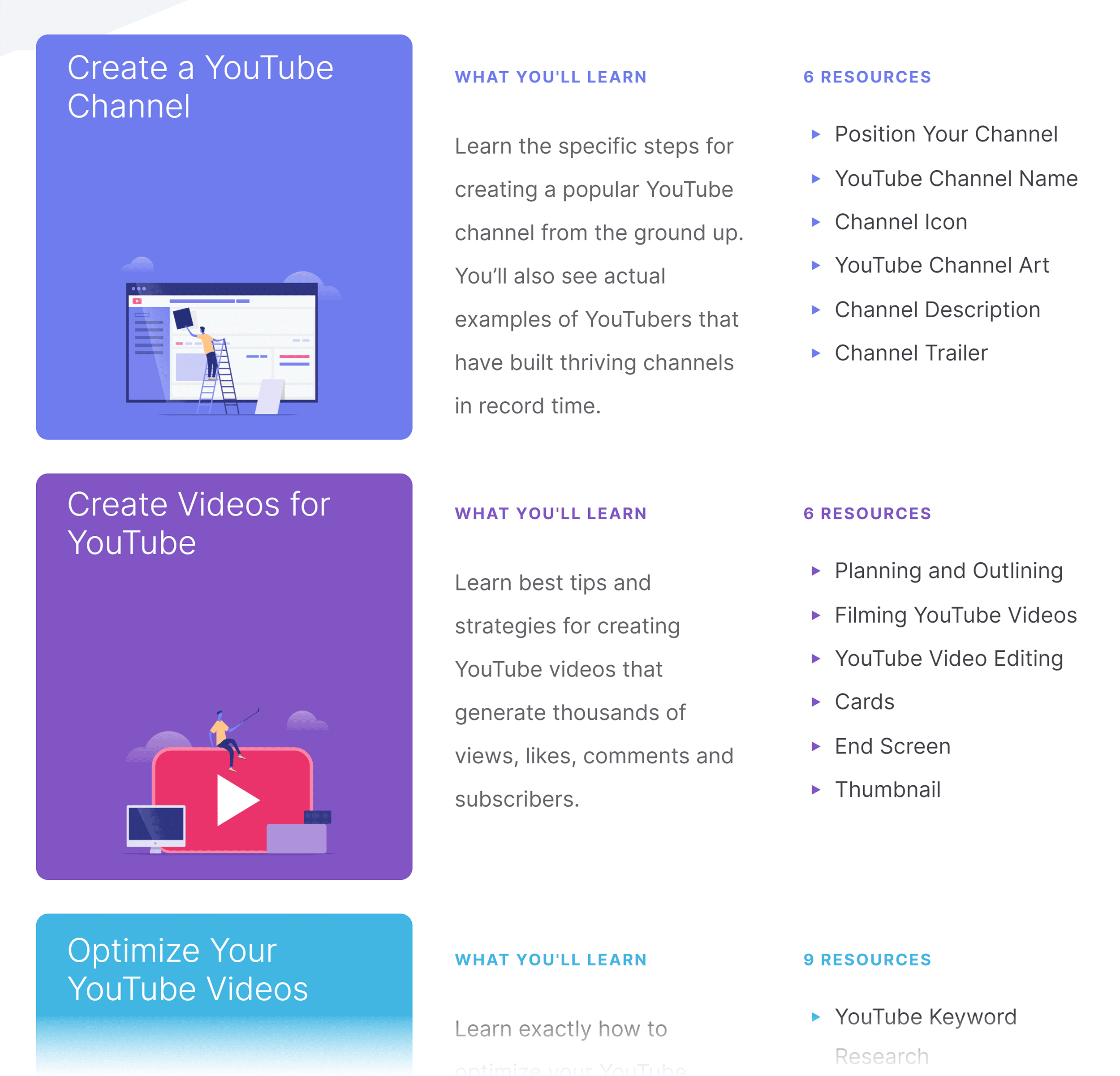
This content hub covers six themes for YouTube marketing, including creating a channel, making videos, and optimizing your channel.
Each theme is a content cluster with multiple articles covering relevant subtopics.
For example, the cluster “Optimize Your YouTube Videos” covers keyword research, your title and description, engagement signals, and more.
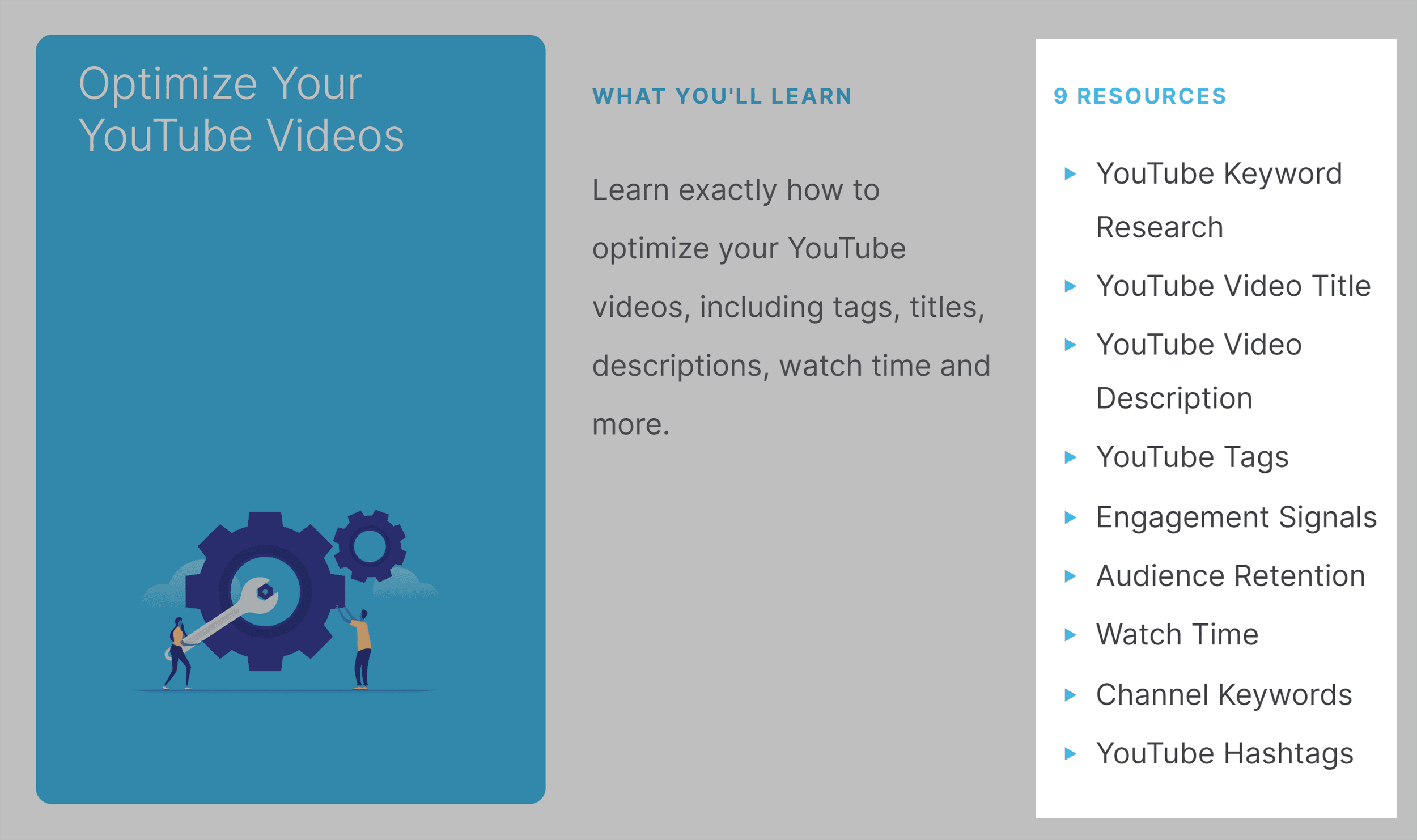
This topic cluster’s performance speaks for itself.
Ranking for over 17K keywords with a strong backlink profile of almost 7K links, it has significant search visibility for YouTube-related topics.
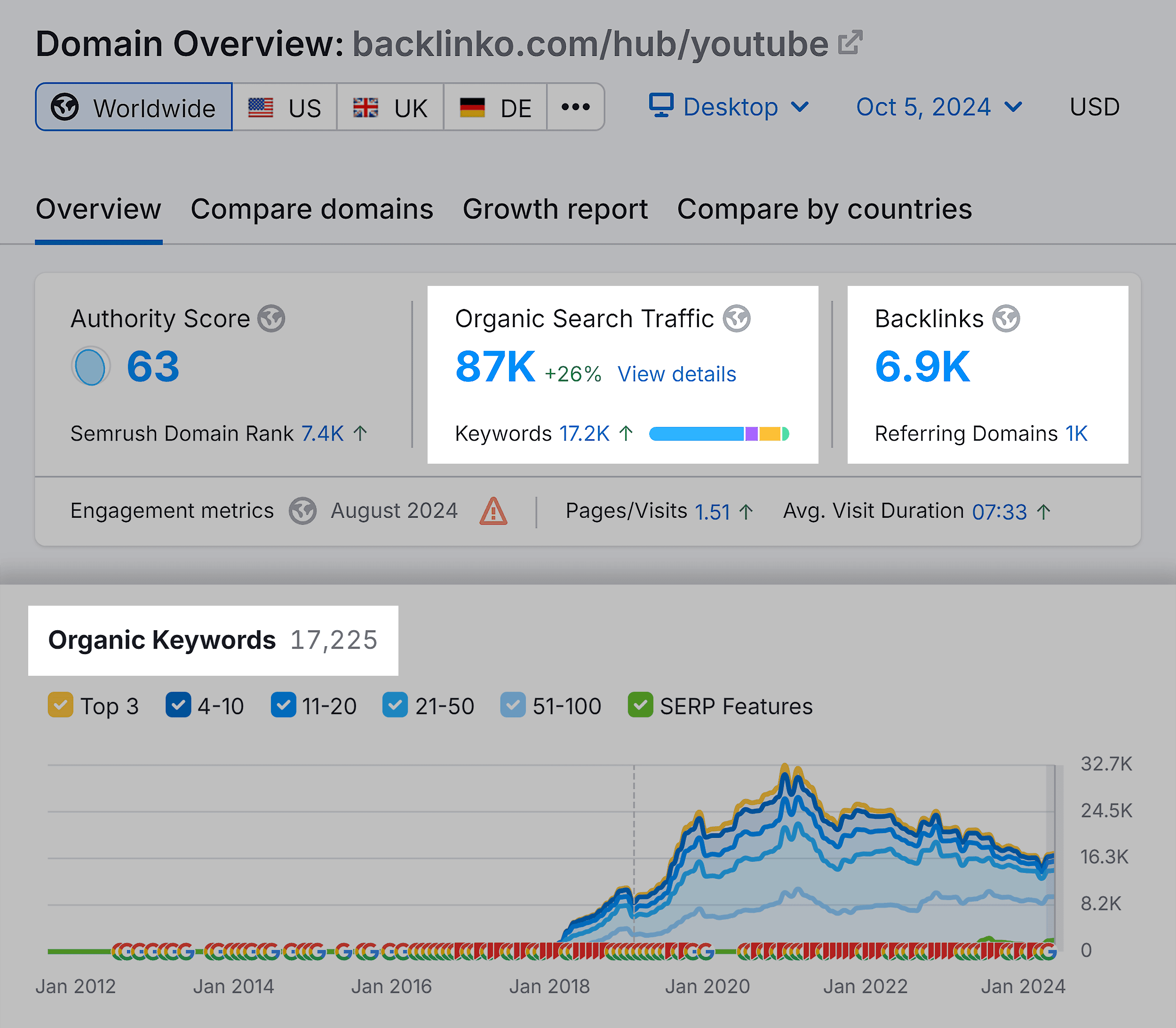
Core Components of a Topic Cluster
A topic cluster strategy includes three core elements:
- Pillar page: A central page with chapters or sub-sections linking to all the cluster articles
- Cluster articles: Individual pages targeting specific subtopics and keywords related to the topic
- Internal links: Connections between the pillar page and cluster articles to organize the topic cluster
Let’s see a visual example to understand how these elements work together.
Think of a topic cluster as a subway network.
The main topic is the central station, and subtopics are stations across the city. These smaller stations are connected to the central station and to each other through internal links, building a large network (or cluster).
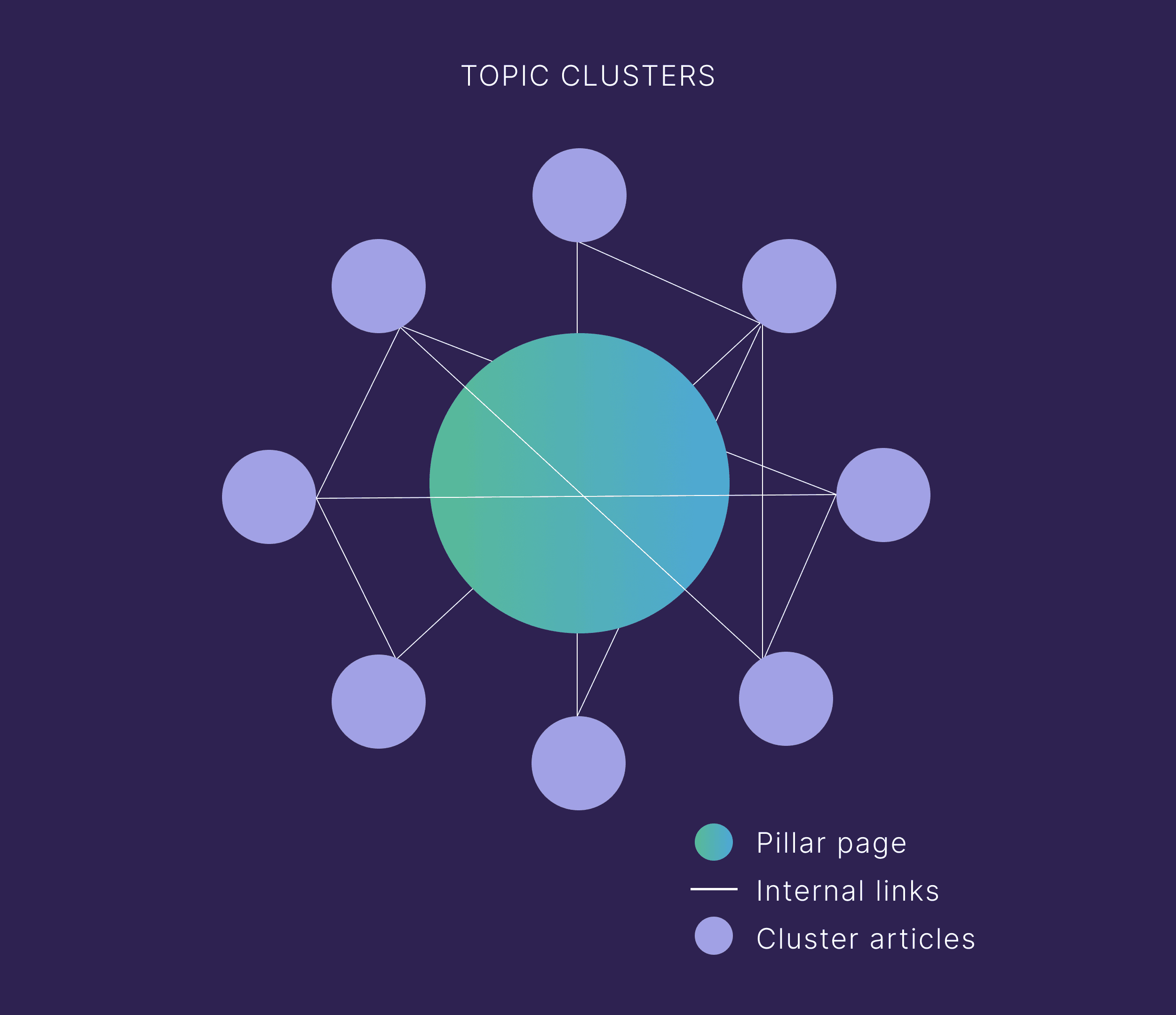
Pillar Pages
A pillar page consolidates all the themes covered in cluster articles. These pages offer a broad overview of the topic and direct readers to more in-depth resources.
You can structure a pillar page in different ways.
One way is to create an introductory page that sets the context for the topic with a high-level overview.
It links to individual “chapters” or cluster articles to help readers explore subtopics one by one.
Like this guide on knowledge bases by Help Scout.
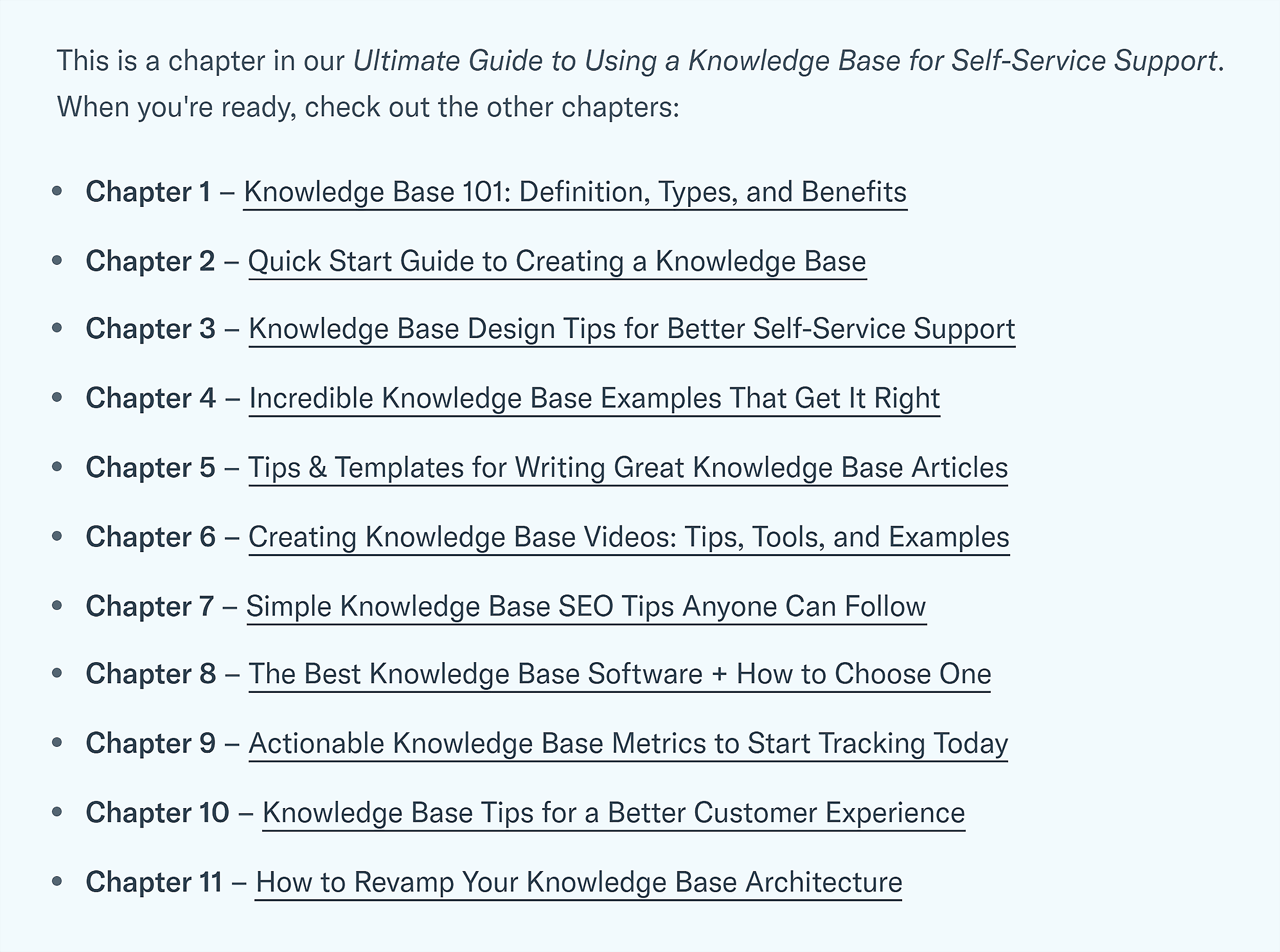
When designing your pillar and cluster pages, you can also add these chapters in a table of contents block on either side of the page.
Or create a navigation bar with tabs for every chapter, like this topic cluster by Whatfix:
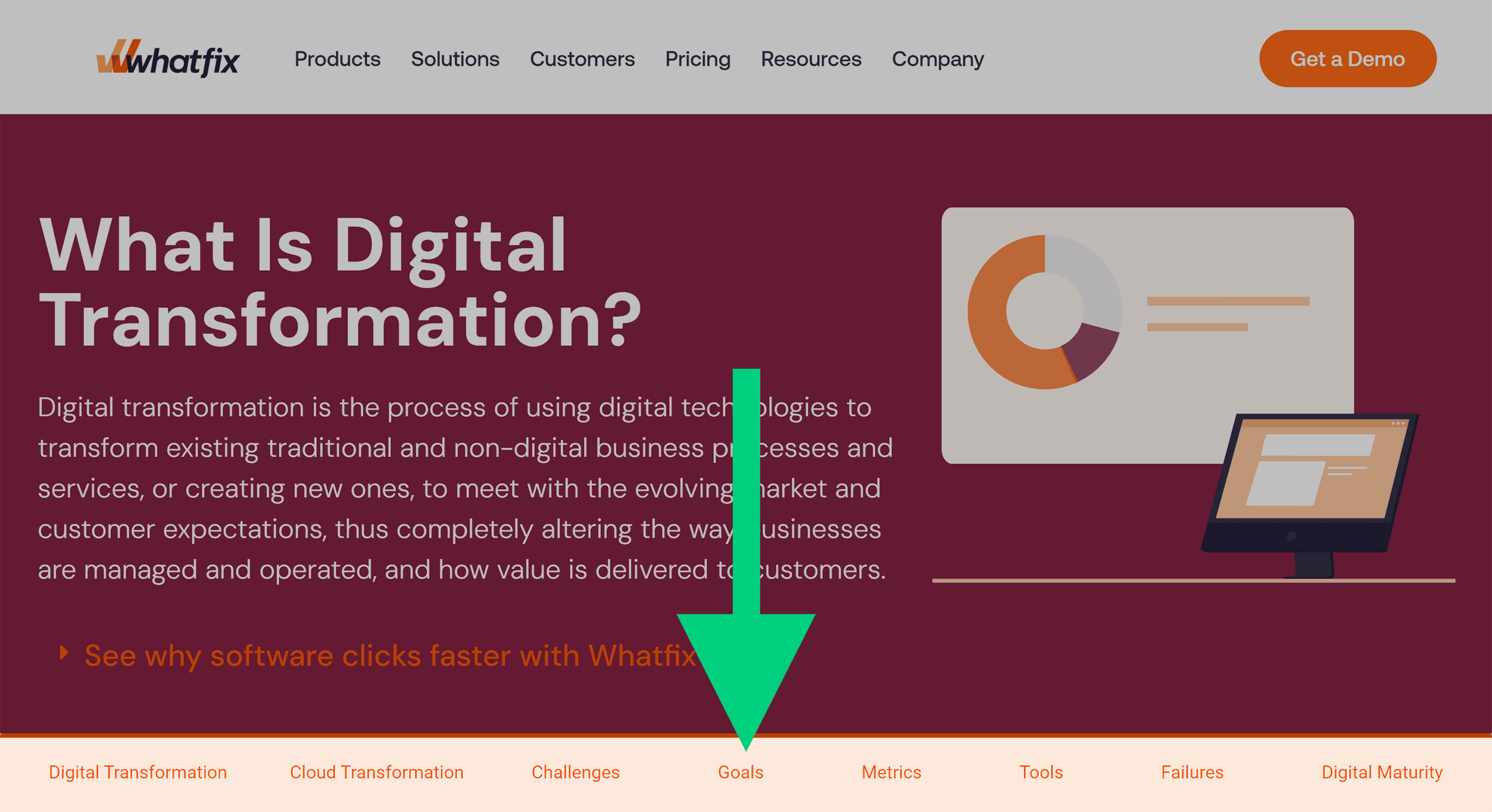
You can also create a comprehensive guide with multiple subsections linked in a table of contents. Then, contextually link other articles in the cluster throughout this guide.
Our definitive guide on link building follows this structure:
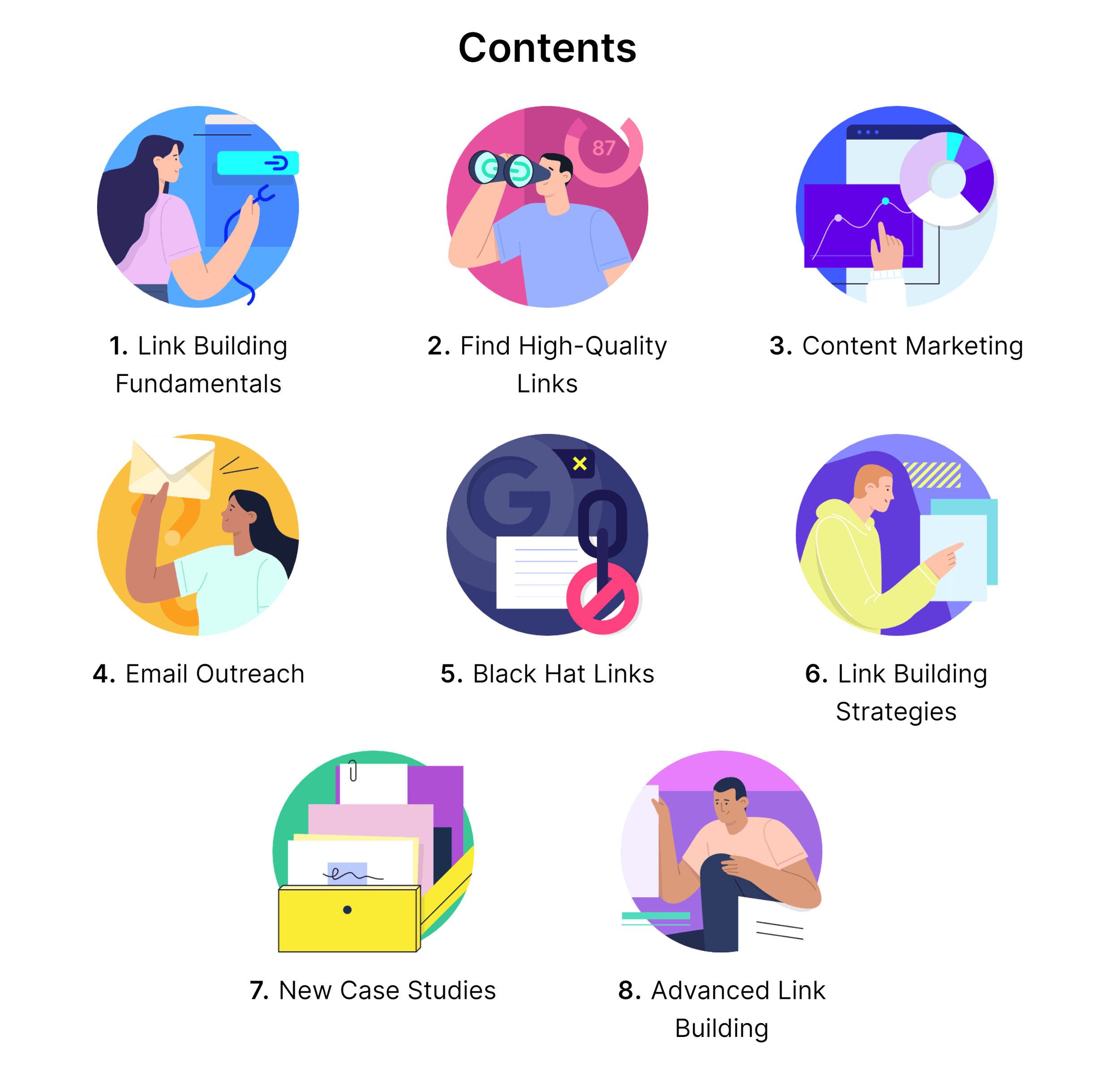
Cluster Content
A cluster includes a set of articles, each focusing on a specific subtopic tied to the larger theme of your cluster.
Each article is connected to other cluster articles AND the pillar page through internal links.
The goal is to build topical authority by covering different aspects of a topic comprehensively in individual articles. (More on what this means in the next section.)
Let’s see an example by the consumer advocacy group Choice.
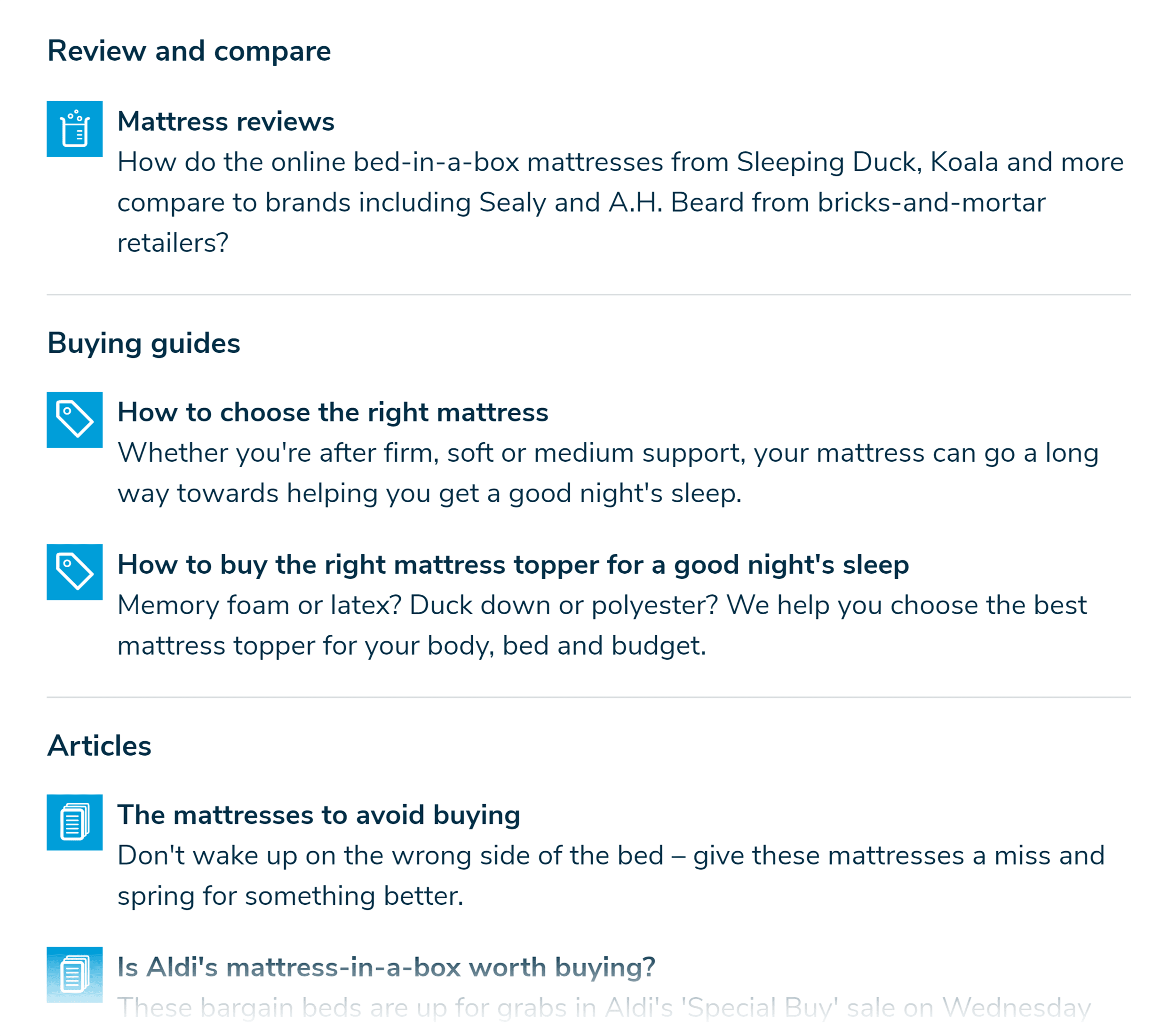
The “mattress” topic cluster includes several articles like mattress reviews, best options for different kinds of sleepers, and similar topics. Which shares all the information readers need to buy mattresses.
Internal Links
Internal links connect all the content within a topic cluster. They build context around how each article is relevant to the pillar page.
And make it easy for users (and search engines) to navigate between them.
Consider these links as routes connecting the substations to each other and to the central station.
These links let readers find different articles in a cluster contextually. Instead of going back to the pillar page and searching for the next chapter.
How Do Topic Clusters Help Your SEO Efforts?
Topic clusters can improve your SEO performance and enhance the user experience on your website. It’s a win-win.
Here’s how:
Topic clusters build topical authority and establish credibility for your site.
When you cover a topic extensively, you can showcase expertise through several articles. This signals to search engines (and users) that your website is an authoritative resource on the topic.
For example, MoneyHelper has created several content clusters in the “Everyday Money” category. They cover personal finance topics like banking, credit, insurance, and more.
Here’s an example of the budgeting cluster with several (cluster) articles linked on the left:
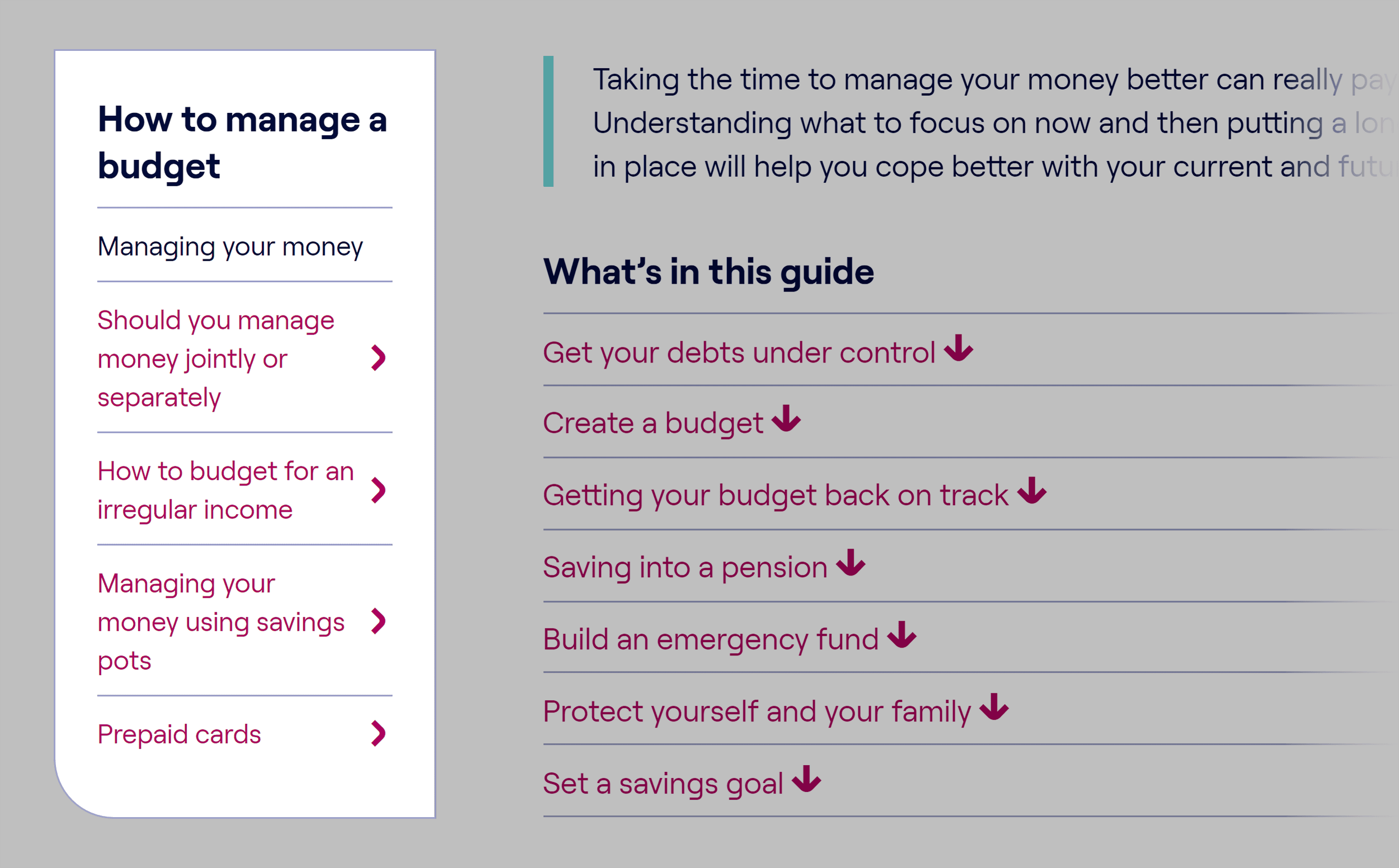
These clusters have helped establish MoneyHelper’s authority on personal finance topics.
As a result, these pages consistently appear in the “People also ask” (PAA) SERP feature for over 1,500 keywords.
In other words, search engines consider this website a helpful resource for answering questions related to personal finance.
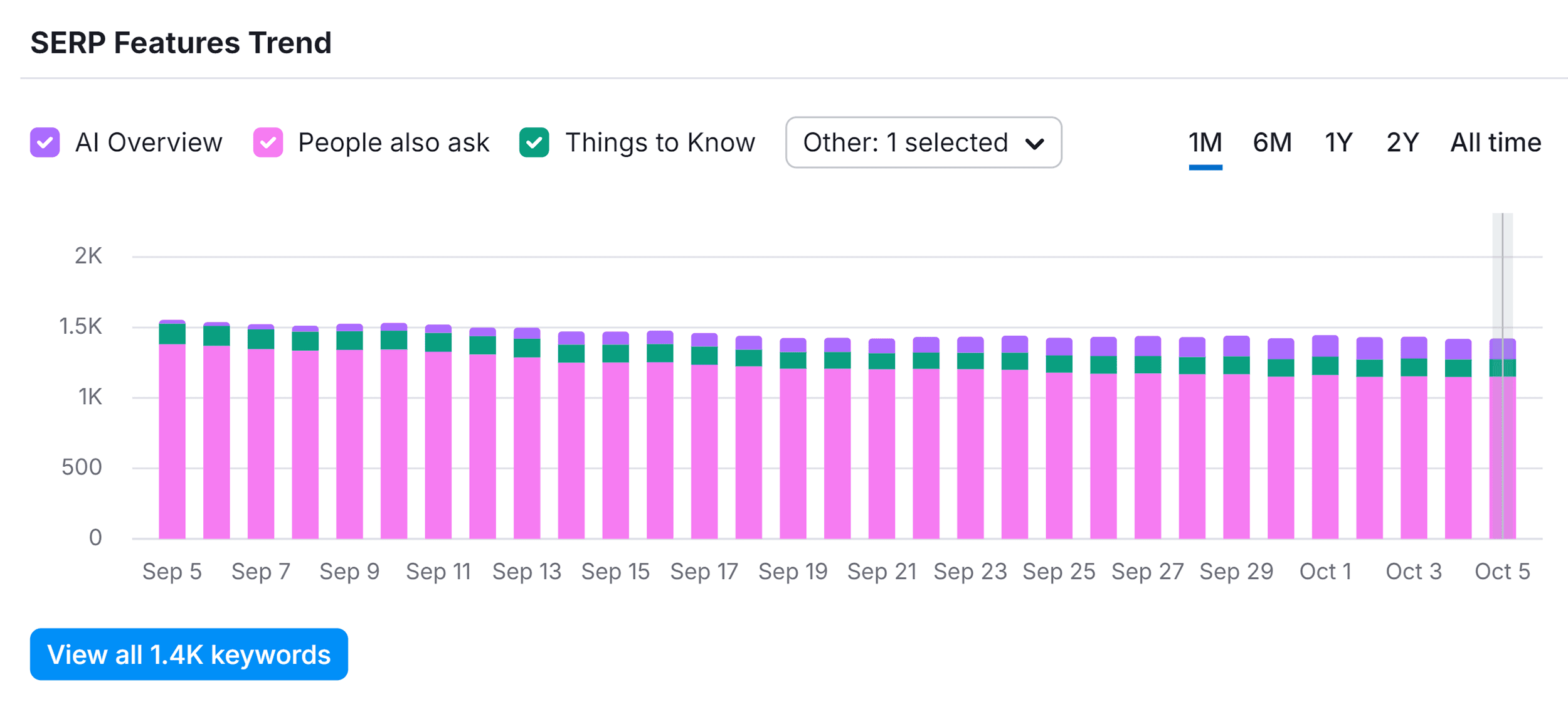
Clusters can also increase your visibility in search results in a wider sense.
Since each article targets a different set of keywords, your site can rank for multiple keywords. Giving you more opportunities to capture organic (unpaid) traffic.
Besides, a pillar page can fulfill a range of search intents, while the cluster articles target more specific intents.
For example, this pillar page by Swimmingpool.com covers different steps for building a pool:
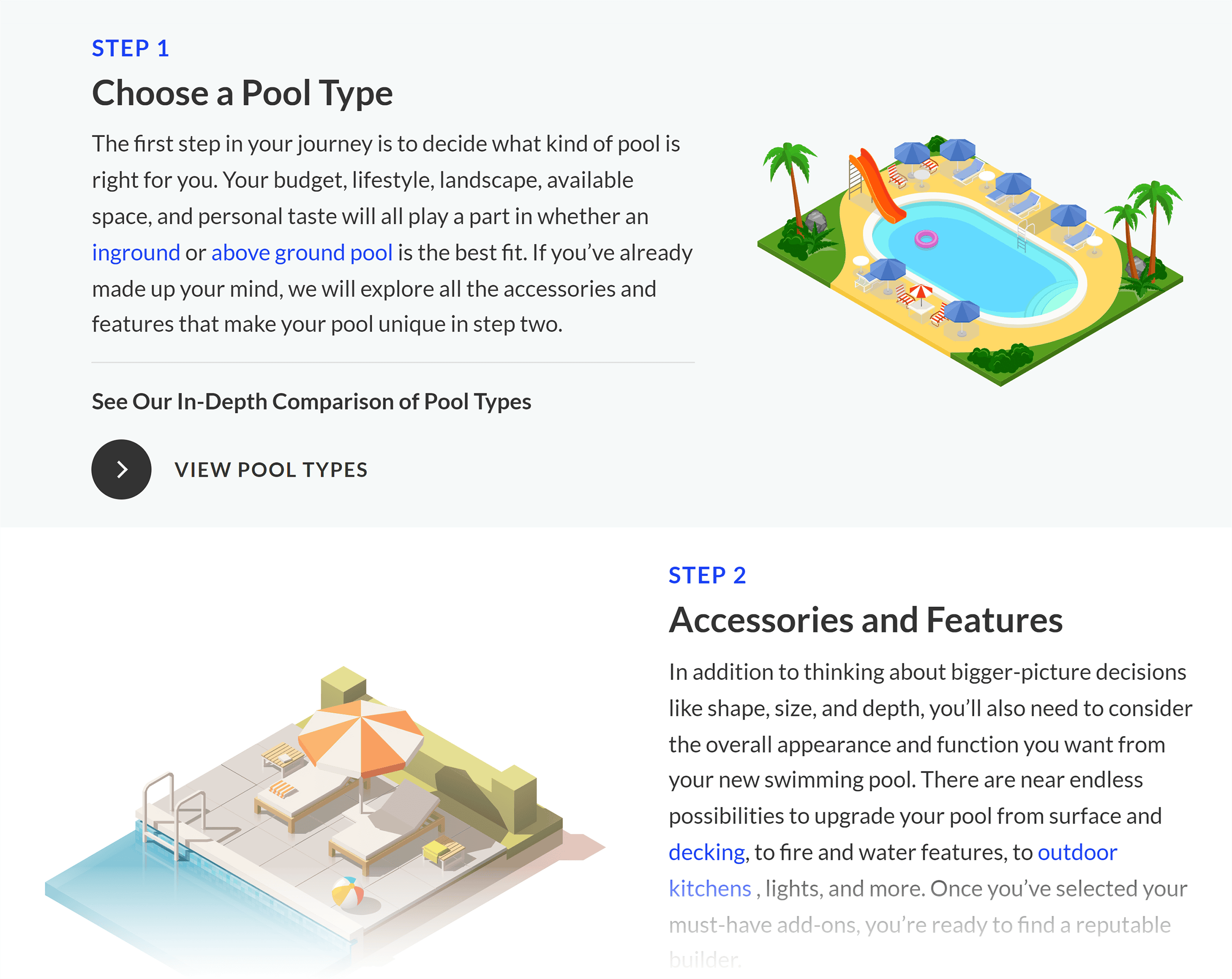
The page targets different search intents, such as:
- Informational: Talks about different pool types
- Commercial: Shares the best pool features and accessories
- Transactional: Offers tips for finding the right contractor
Semrush’s Organic Research report also reveals that the page ranks for keywords of varying intent:
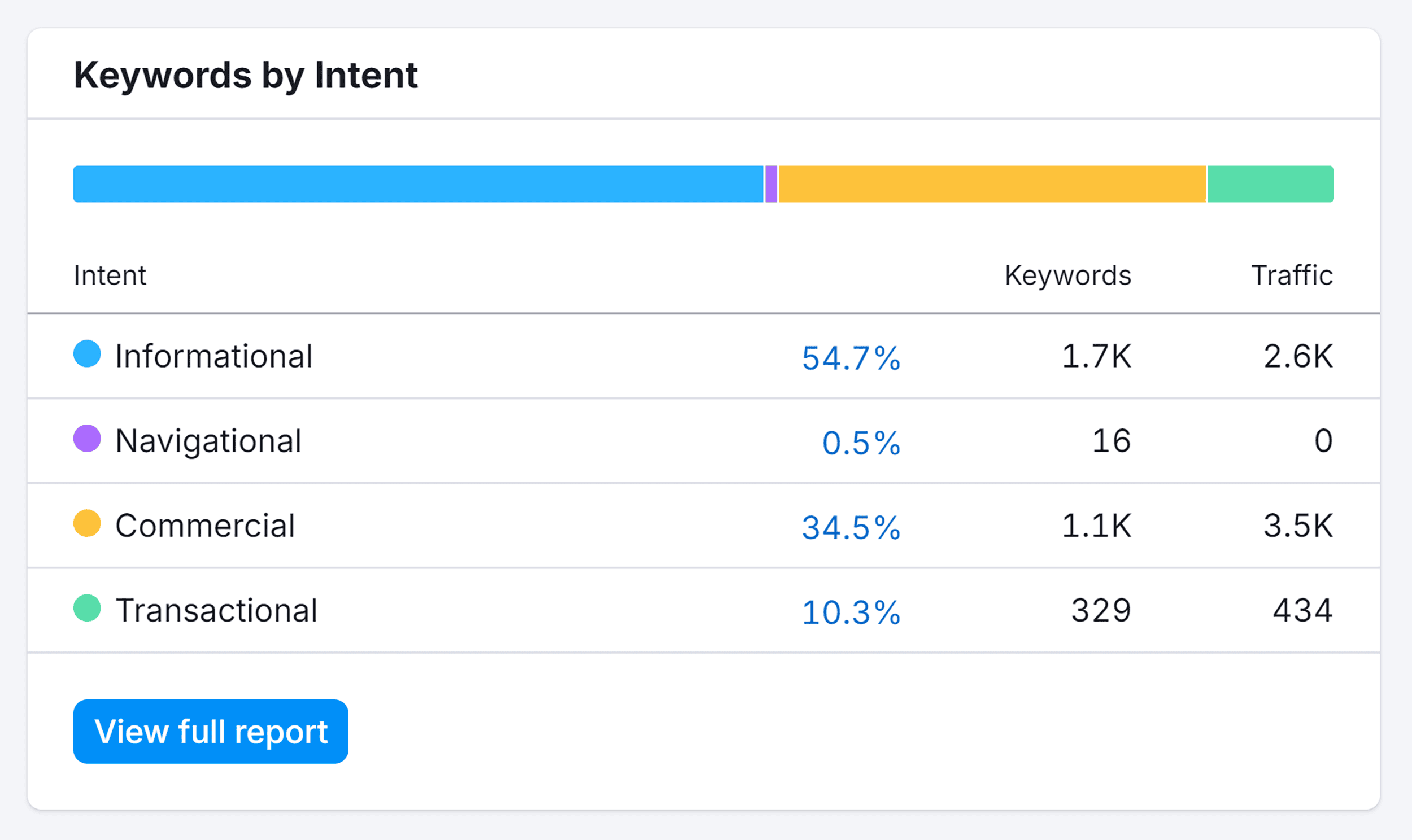
This approach can even make your content production processes more efficient.
Usman Akram, Organic Growth Strategist at Omniscient Digital, explains how topic clusters can benefit content teams:
“Topic clusters also help content teams produce more quality content with reduced effort. Batching closely related topics together in terms of production timeline can avoid duplication of effort around research. This process makes it easier to consolidate subject matter expertise once and reuse whenever required.”
Topic clusters can also enhance the user experience by effectively organizing content on your website.
Instead of covering random topics, you build a systematic content hierarchy. Use internal links to help readers understand this hierarchy and navigate your content to get the desired value.
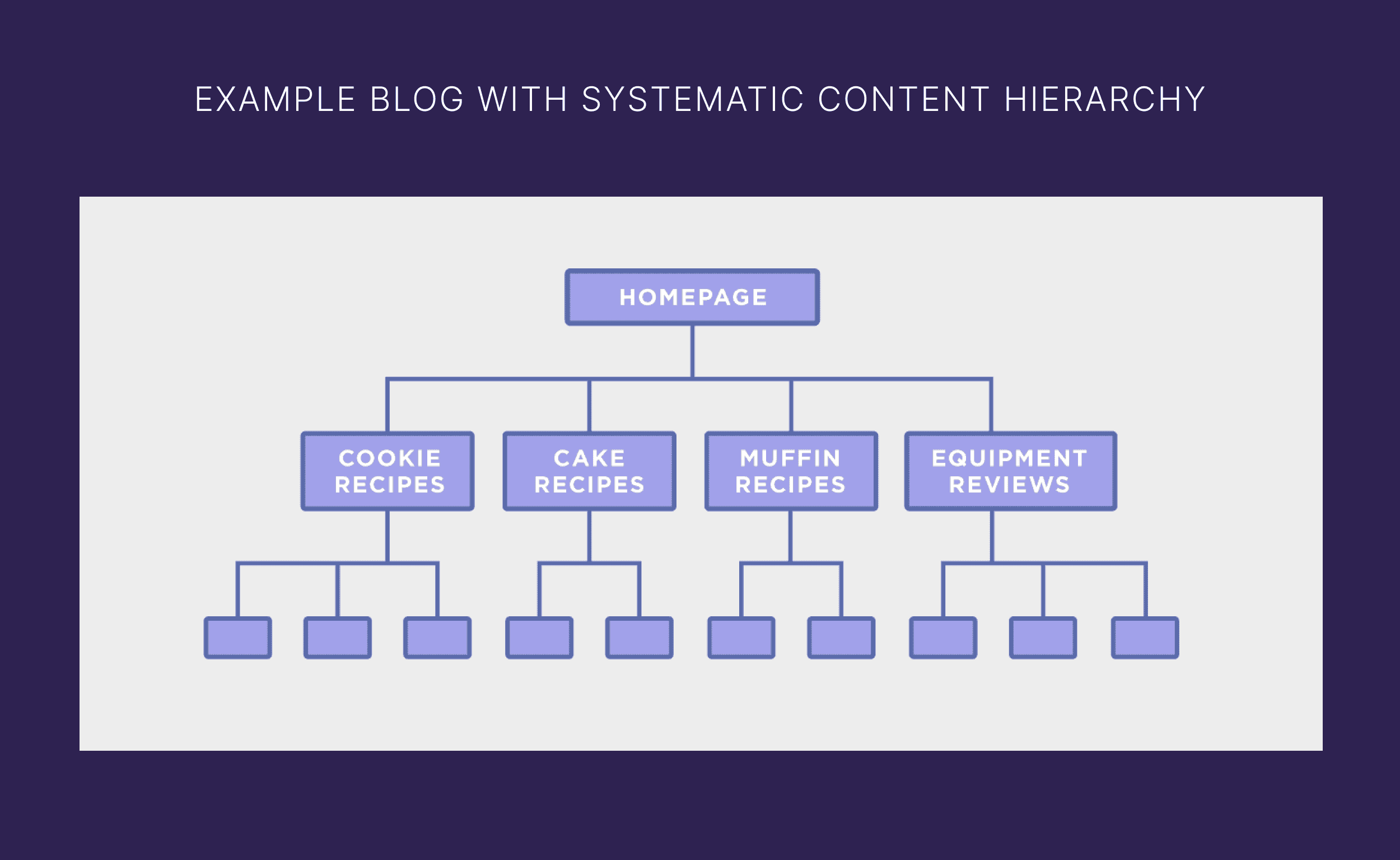
4 Topic Cluster Examples to Show You How It’s Done
Let’s break down four topic cluster examples to understand how they work:
1. Maze’s Guide to UX Research

- Number of articles: 13
- Standout feature: A playbook format with progress indicators
Maze’s guide to UX research presents a unique example of topic clusters.
Instead of building a single pillar page, each article includes a list of chapters in the cluster.
So, readers can jump to any article they want to read. Each article is detailed enough to give readers context about other topics covered in the cluster.
Each article also links to other relevant content on the Maze blog, connecting even more pages to the topic cluster.
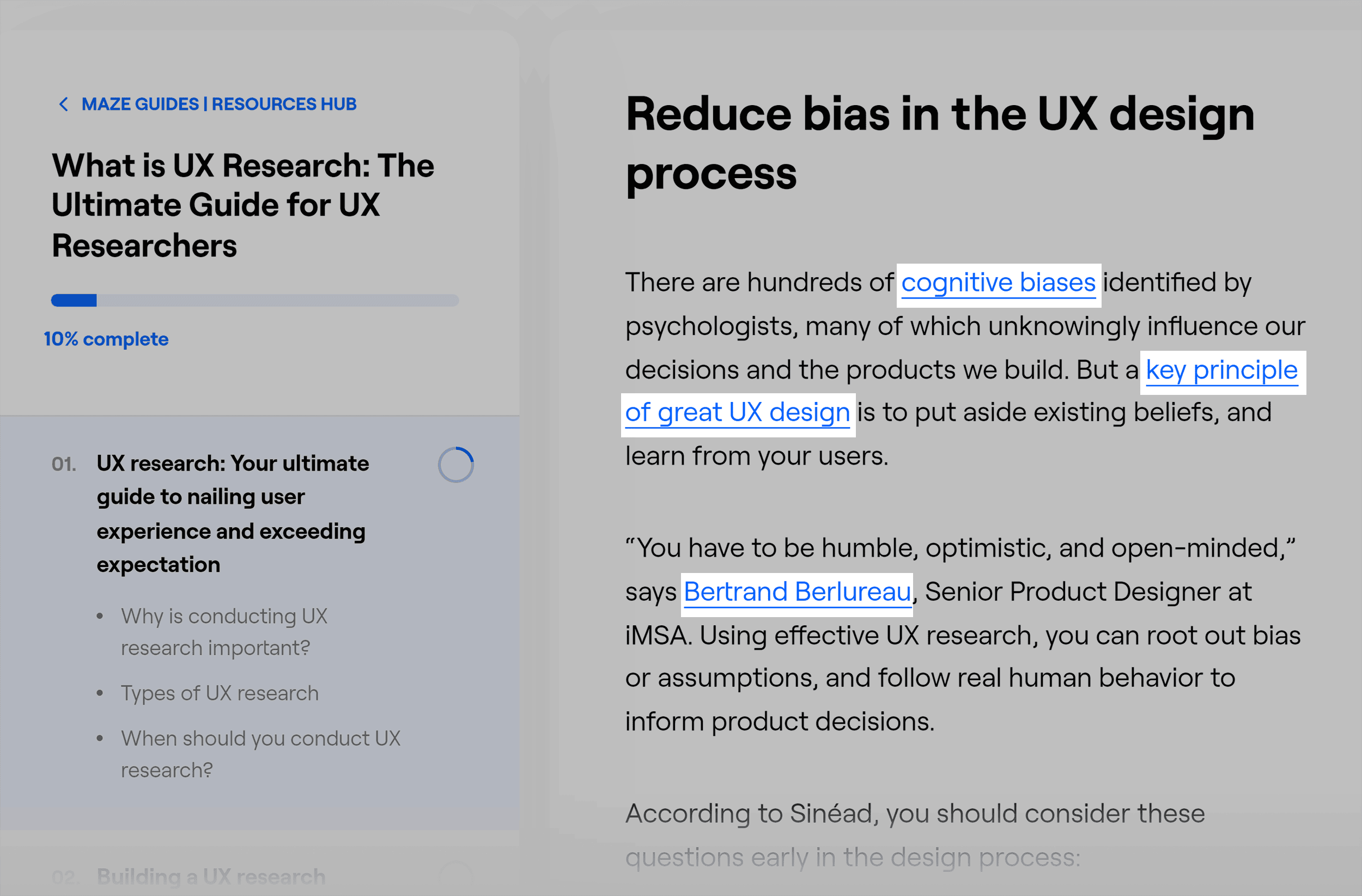
A unique feature of this cluster is the progress indicator.
As you read an article and hit next, your progress is updated on the list of chapters (a sticky table of contents on the left-hand side). This is a crucial UX component to inform readers about how much of the guide they’ve covered.
Semrush’s Organic Research report indicates that the UX research content cluster consistently ranks for almost 930 keywords.
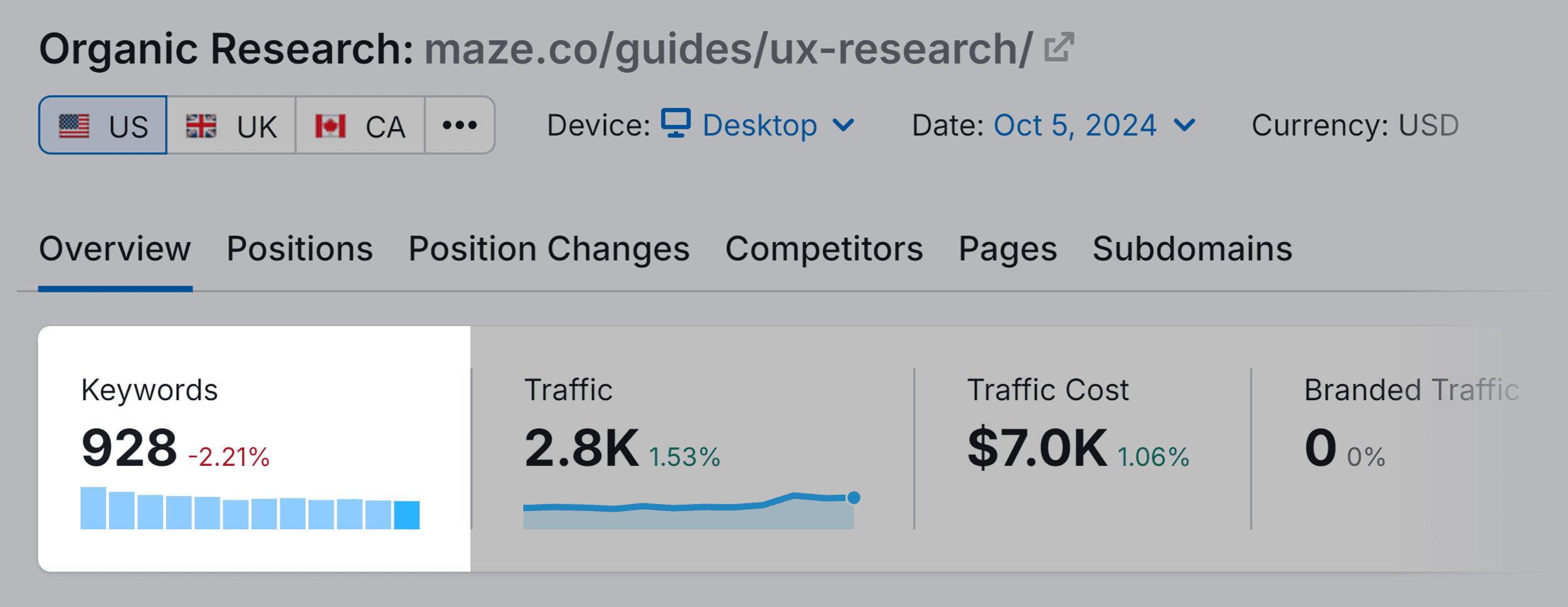
2. Hotjar’s Complete Guide to Heatmaps
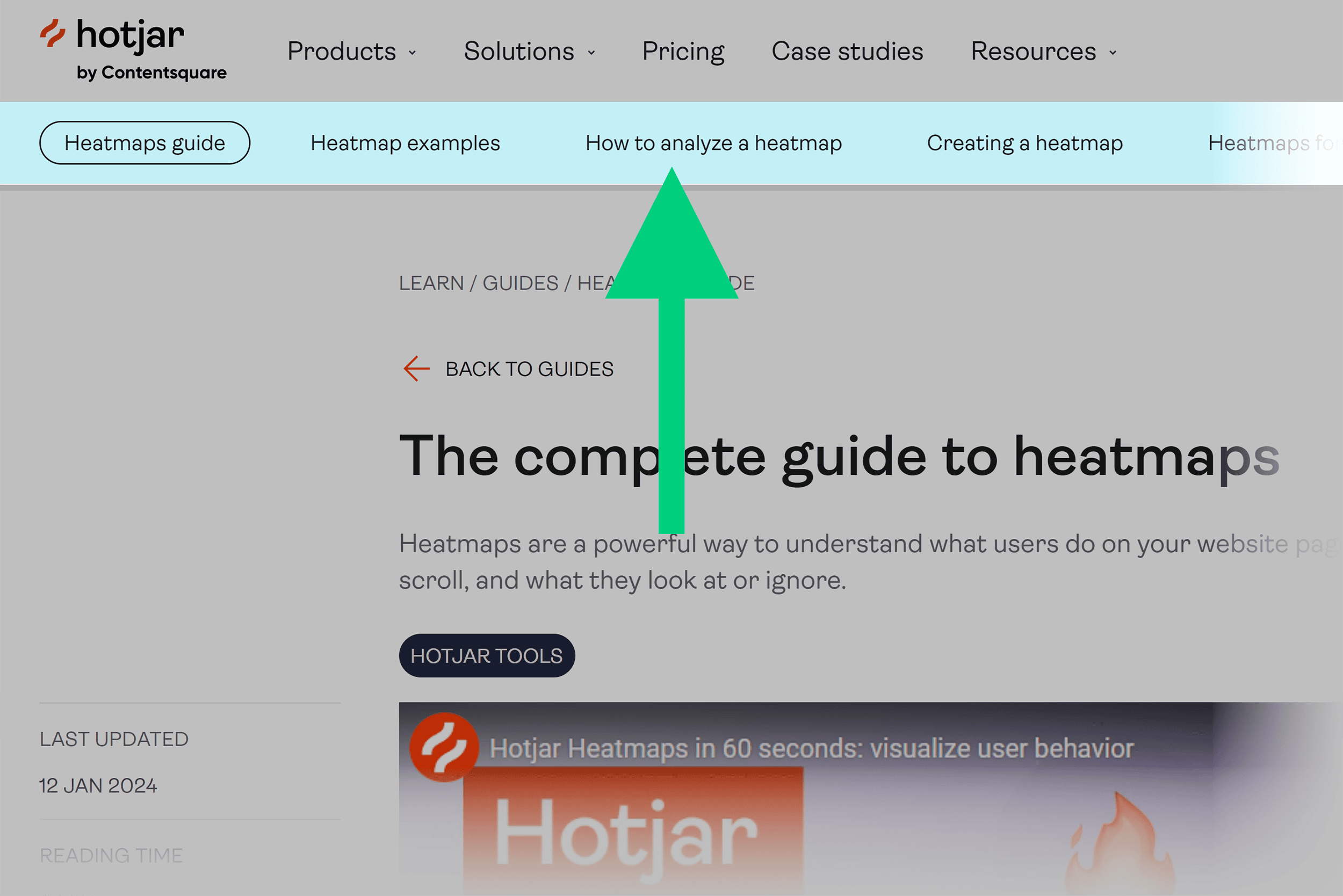
- Number of articles: 9
- Standout feature: Cluster articles organized as tabs for easier navigation
Hotjar’s guide on heatmaps is another multi-chapter topic cluster.
This example includes a detailed pillar page to build context around the topic.
Each cluster article covers a unique topic about heatmaps, such as:
- Examples
- How to use
- Click maps
- Scroll maps
- Move maps
These articles collectively rank for 530+ keywords. Driving 1.3K website visits every month.
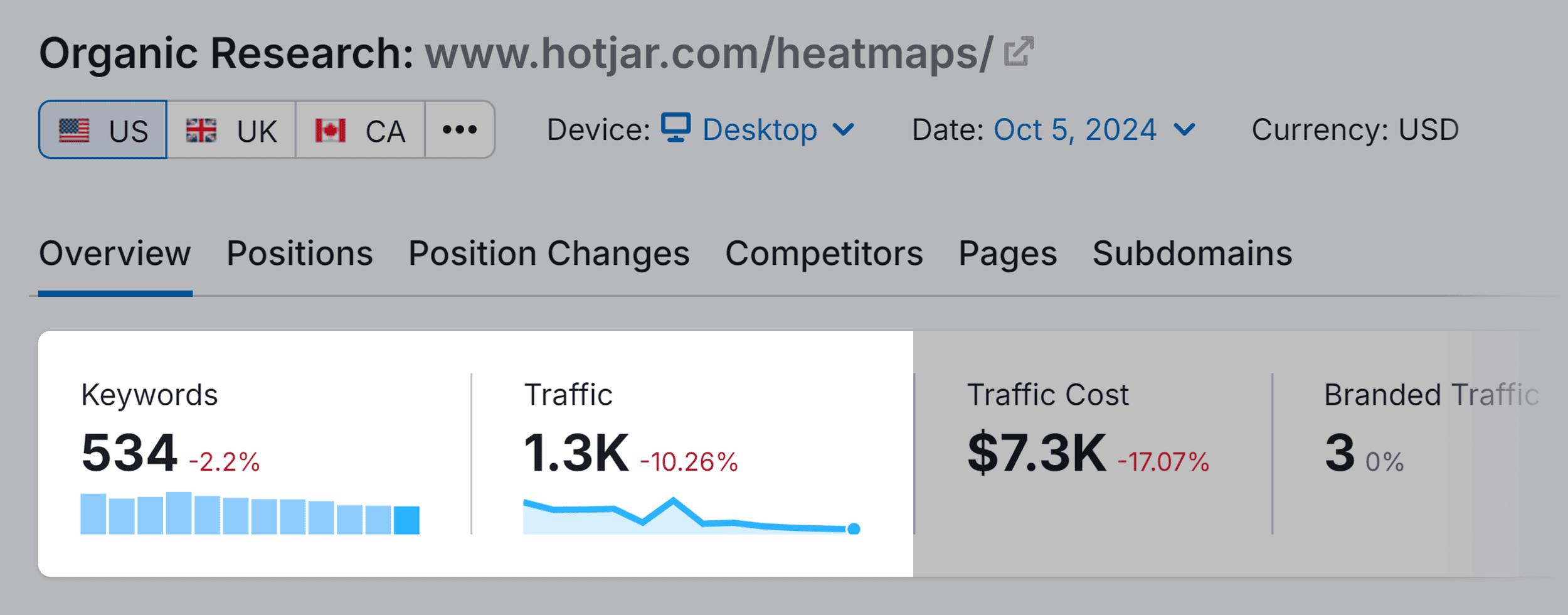
3. Creative Live’s Ultimate Guide to Photography
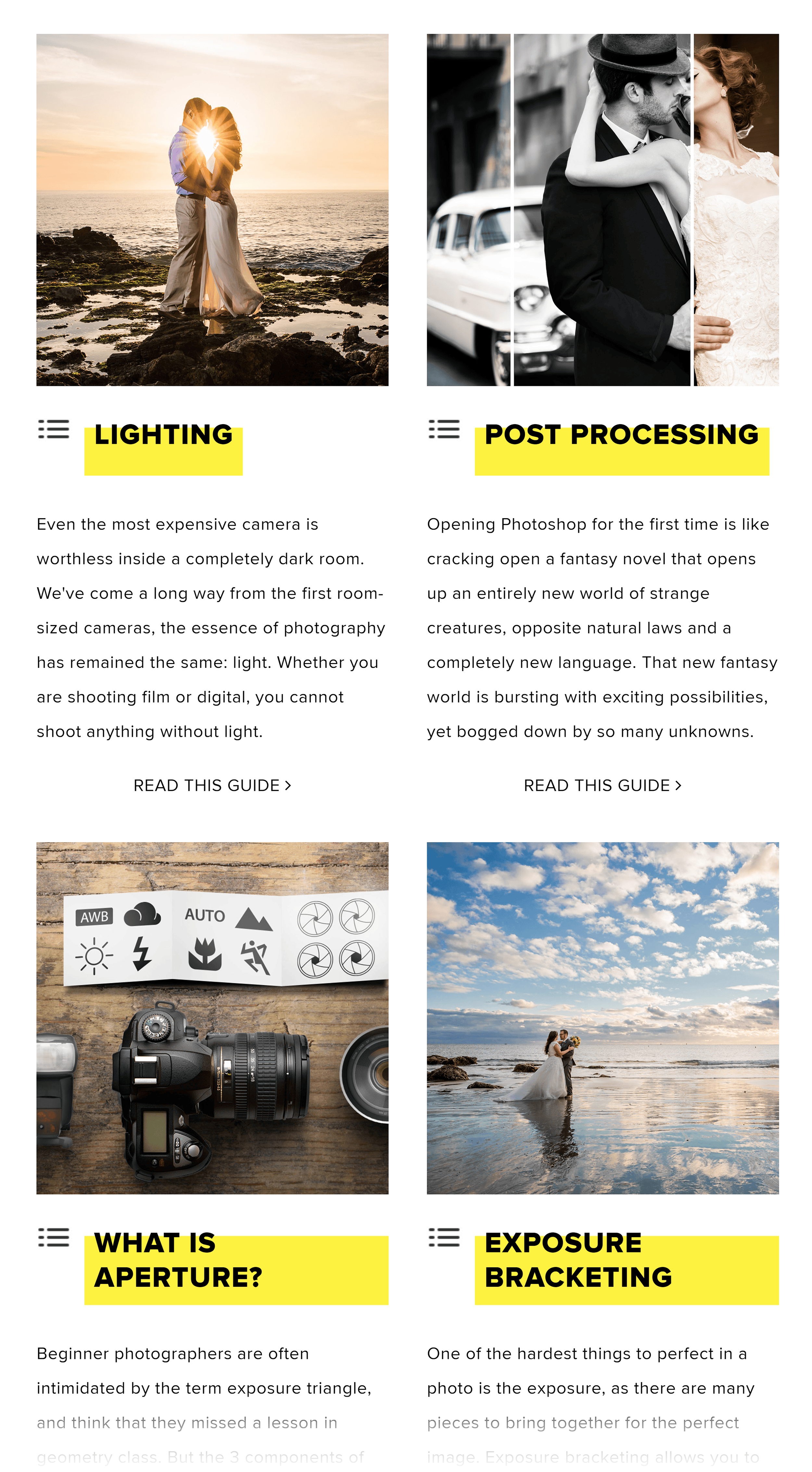
- Number of articles: 16
- Standout feature: Links to more resources at the end of each cluster article
Creative Live’s ultimate guide to photography is designed as a beginner-level course on photography.
Each cluster page educates readers about one aspect of photography, such as lighting, aperture, exposure bracketing, and more. Every article ends with a list of resources to explore the topic further.
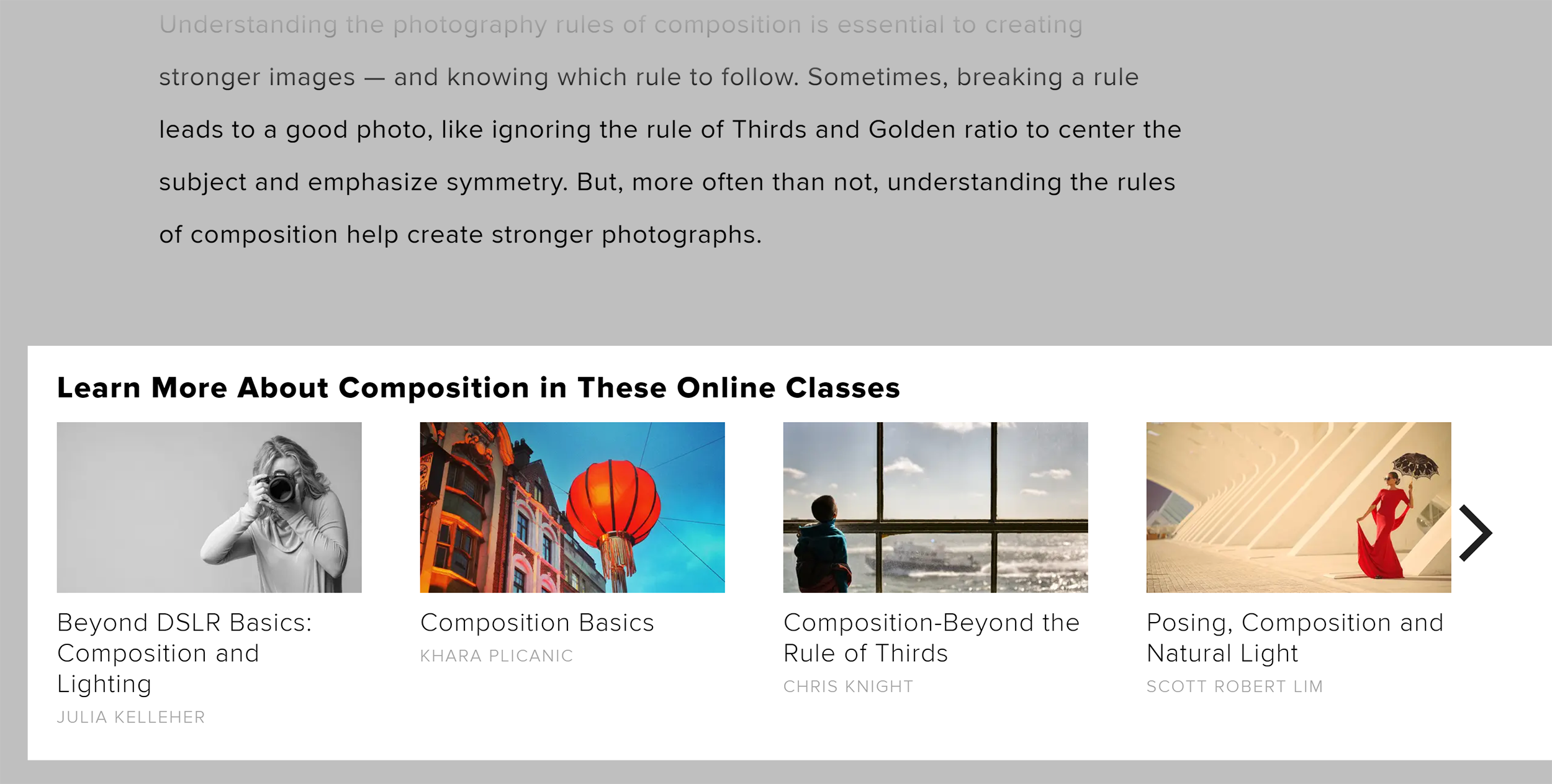
A table of contents on the right side of your screen makes it easy to access other articles in this cluster.
The cluster frequently features in the PAA box. These pages answer commonly asked questions for over 300 keywords.
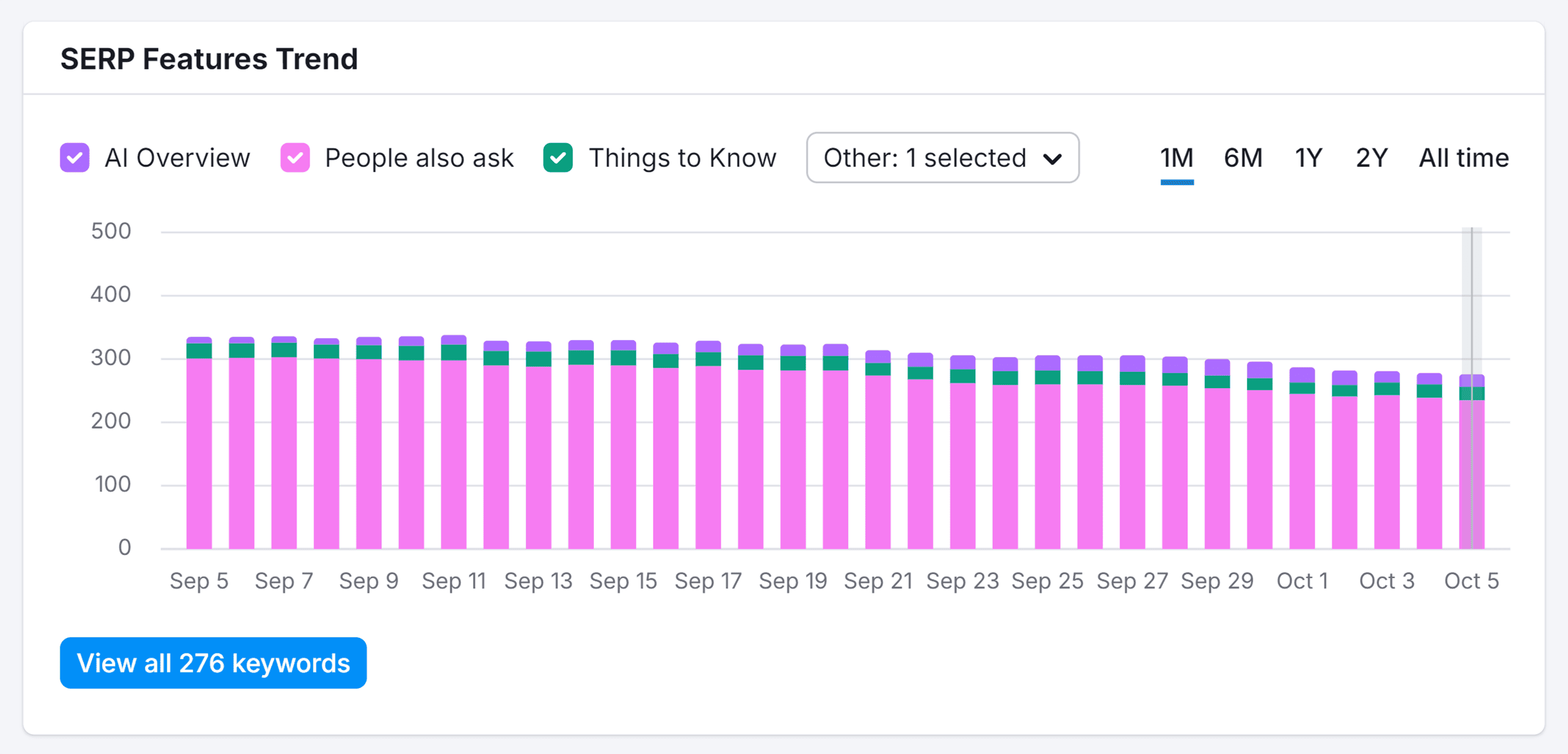
4. Chameleon’s Guide to Digital Adoption Platforms

- Number of articles: 22
- Standout feature: Videos and TL;DR boxes to simplify the reader experience
Chameleon’s guide on digital adoption platforms is another great example of using chapters to organize a topic cluster.
Positioned as a “buyer’s guide,” this content cluster includes four main sections.
Each section covers specific subtopics to help readers understand and choose a digital adoption platform.
Some articles contain a helpful TL;DR box to summarize the content, while others include videos where the company’s founder explains the topic.
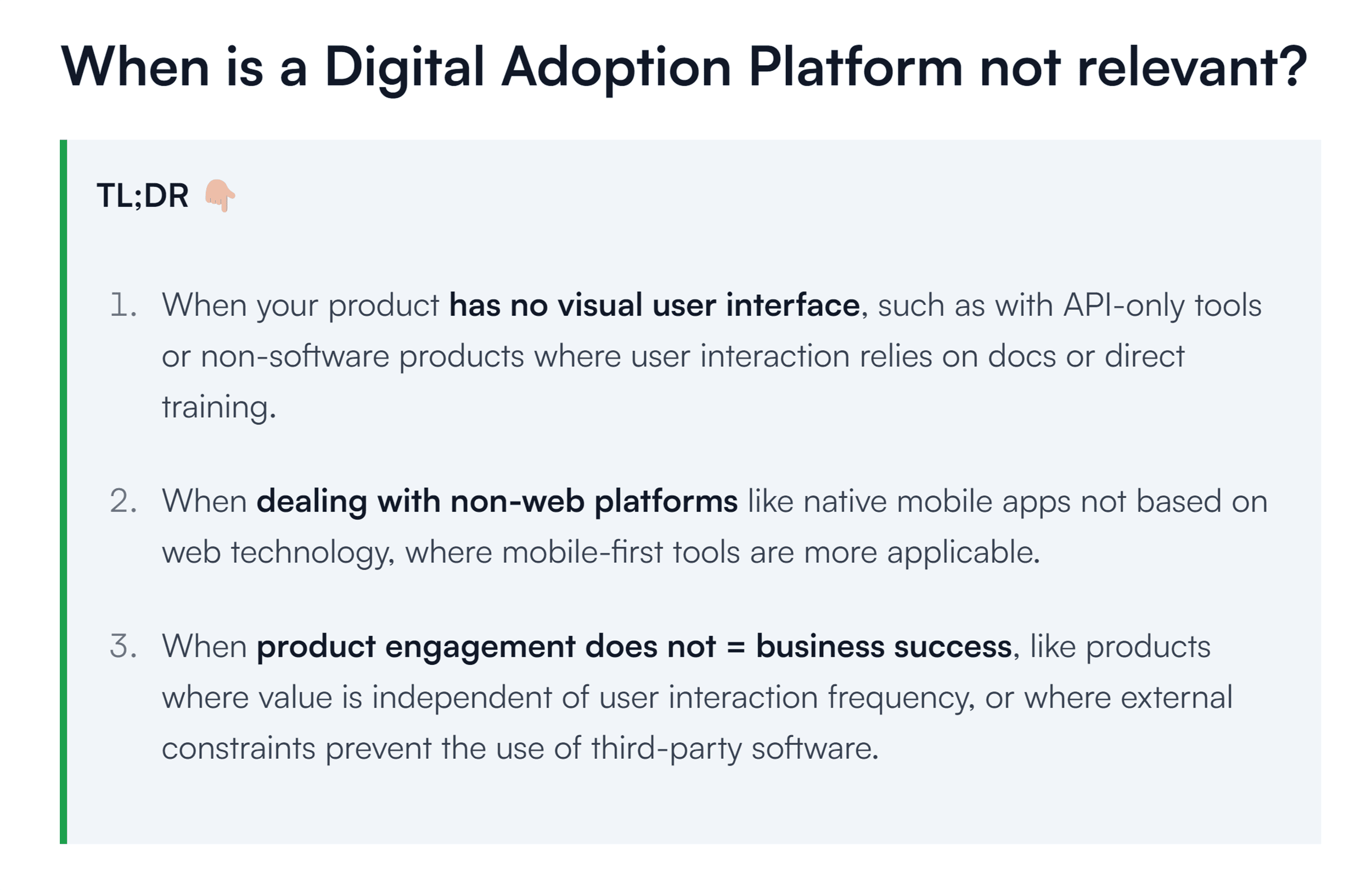
How to Create a Topic Cluster in 6 Steps
There’s no one-size-fits-all approach to building topic clusters.
Your process can change based on the type of website you’re working on—whether it’s brand new or well established.
How much you can invest in this content strategy is another deciding factor.
Considering these aspects, let’s walk you through a customizable six-step workflow for creating topic clusters from scratch.
1. Create a List of Topics
Many SEOs start with keyword research when building topic clusters.
But instead of letting keywords dictate your strategy, you should first identify topics where you want to establish authority.
Think about:
- Your audience’s core pain points
- The solutions you offer
If you can, speak to your customers directly to understand what matters most to them.
Sean Potter, the head of SEO at Hotjar, explains how the team relies on customer interactions to find ideas for topic clusters:
“Keyword tracking tools are a part of the puzzle. But I think many SEOs rely way too heavily on them. A big part of our job is actually speaking to customers by running quarterly interview sessions. We also send surveys to interview existing customers and learn how our content helped them use Hotjar. Additionally, we survey the non-Hotjar users to discover what topics and formats they want to see in our content.”
You can also map your solutions to user pain points to identify high-value topics that resonate with your audience.
Here’s how this could look for Hotjar:
| User Pain Points | Hotjar’s Solutions | High-Value Topics |
|---|---|---|
| Lack of visibility into user behavior on the website | Heatmaps and feedback surveys | Behavior analytics, website user experience |
| Understanding why users drop off or abandon their carts | Session recordings | Customer experience, cart abandonment |
| Struggling to optimize web design for better conversions | Heatmaps, click maps, and scroll maps | Conversion rate optimization |
Once you have a good list of ideas, prioritize them based on relevance to your business. Instead of covering broad and generic themes, focus on topics that can attract high-intent visitors.
For example, let’s say you run a company selling eco-friendly products.
Here are two topic cluster ideas:
- Eco-friendly home renovation tips: Focused and targets your ideal customers
- Indoor plants for home decor: Unfocused and not entirely relevant to your business
Then, dig deeper into your ideas with keyword research to understand a cluster’s SEO potential.
2. Find Target Keywords
For each topic, identify all of the possible keywords you can rank for.
This includes variations and long-tail keywords to cover this topic from multiple angles.
How can you find these keywords?
Start with Backlinko’s free keyword research tool to discover relevant keywords for your topics. Simply enter your seed terms, and you’ll get a list of 20 keywords for free.
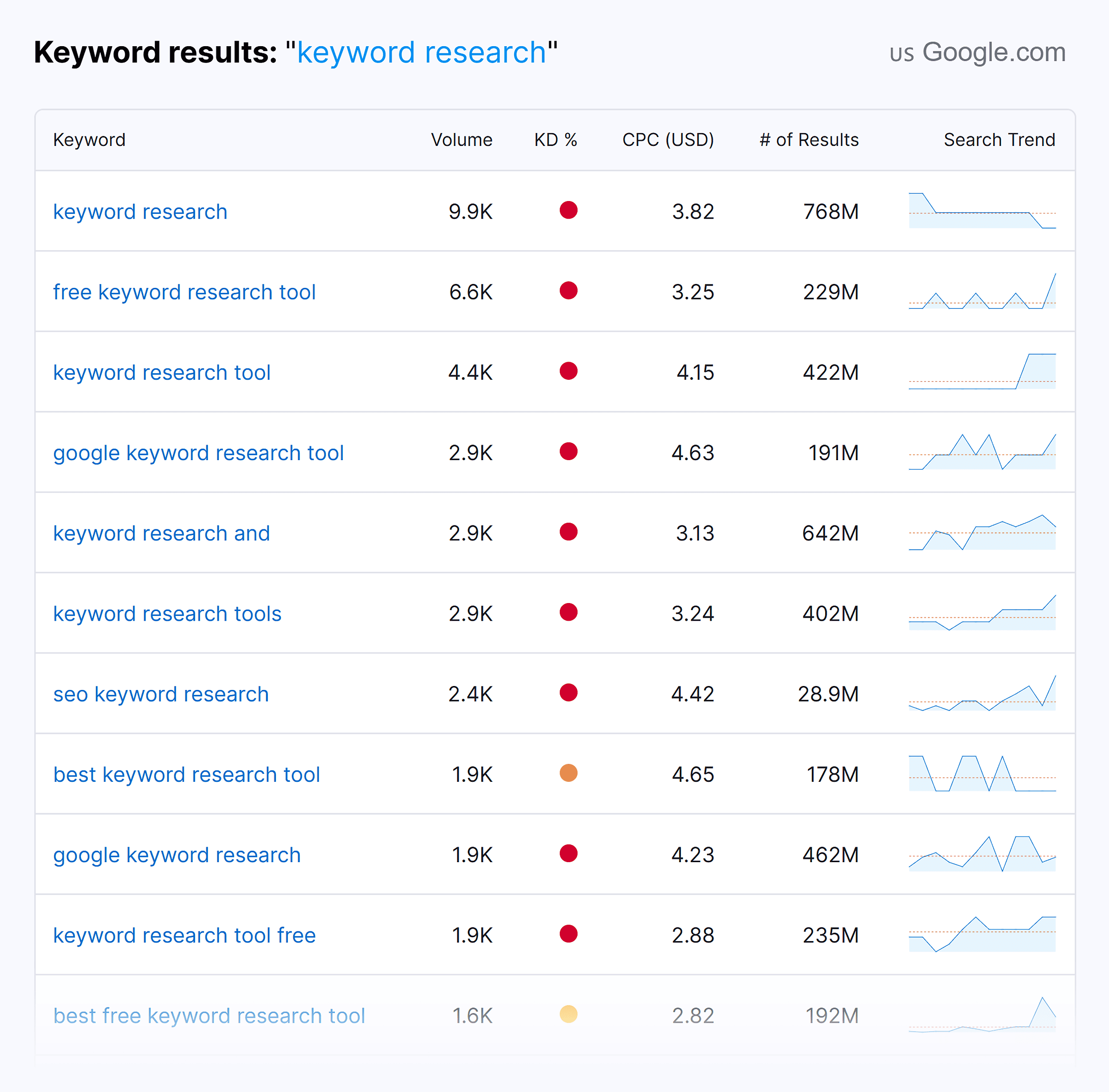
Pro tip: Focus on broad, high-level keywords for pillar pages and long-tail keywords for cluster articles. A broad keyword allows you to cover multiple aspects of a topic, while a long-tail keyword covers a narrow topic.
Keyword Surfer is another free tool for finding new keyword ideas.
Just install the browser extension and search for any keyword. On the right side of your screen, you’ll see a list of related terms with their search volume:
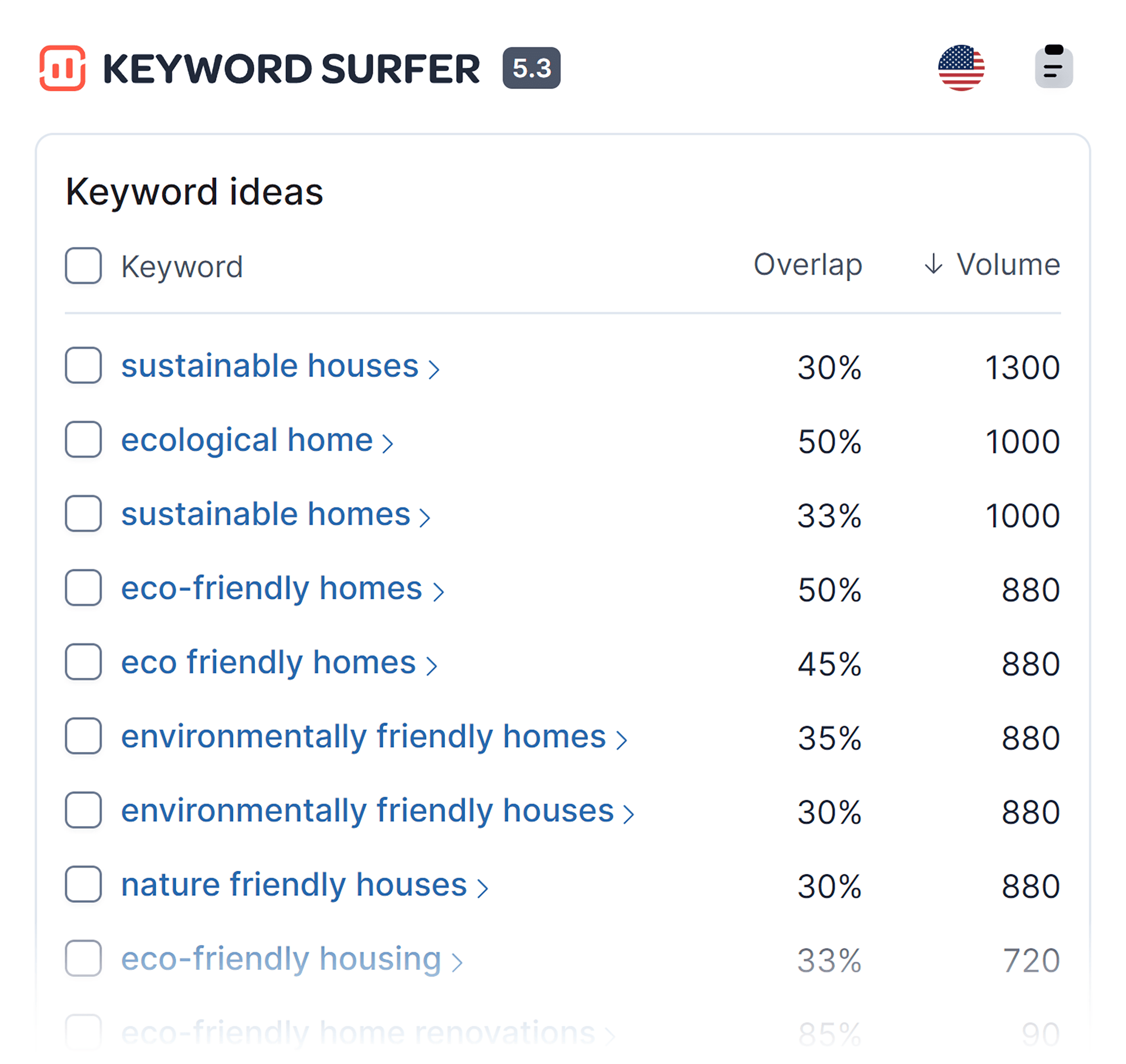
If you want to conduct a more customized search and access more metrics, Semrush’s Keyword Magic Tool is a good option.
Start with a seed keyword related to your topic cluster. This should be a broad term to identify as many keywords as possible.
(You can also add your website to get personalized keyword recommendations based on your domain authority.)
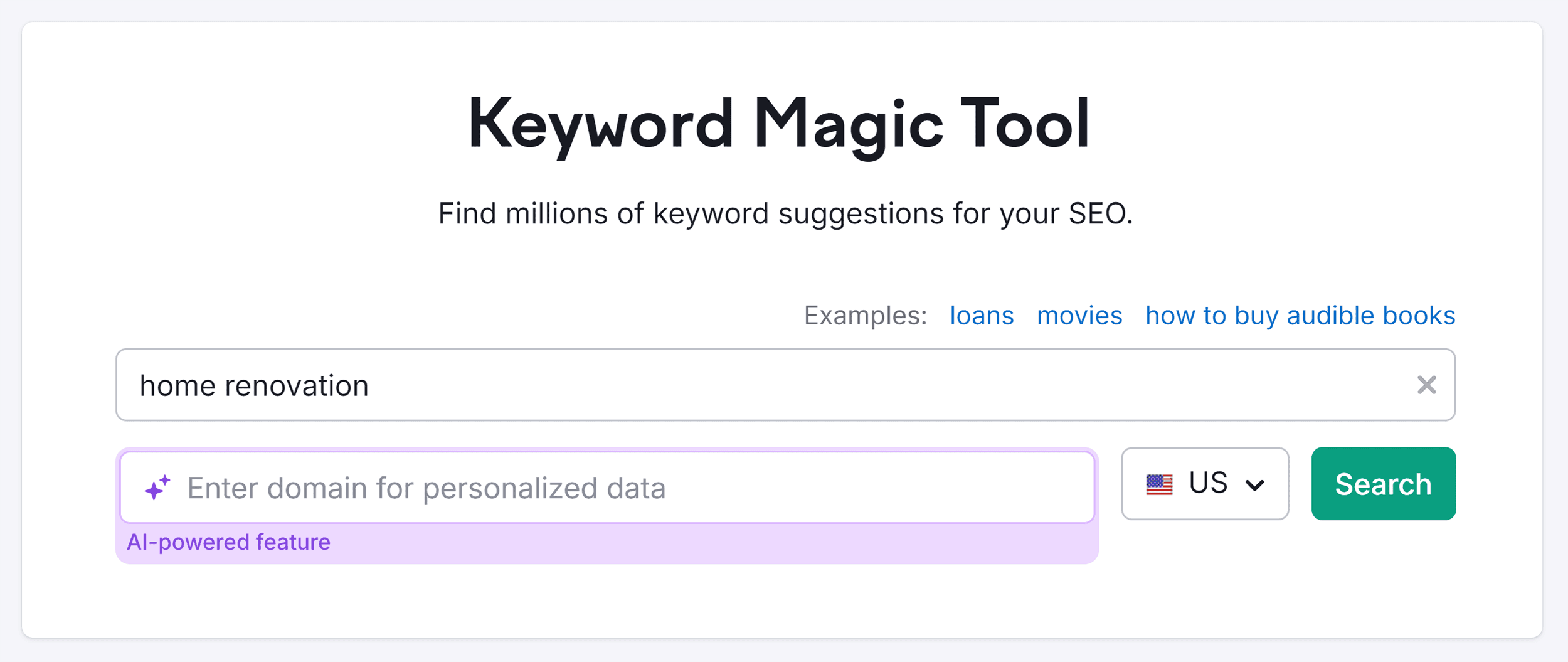
You’ll then get a list of keywords with metrics like:
- Intent: Categorizes the search intent for each keyword as commercial, informational, navigational, or transactional
- Volume: Estimates the average monthly searches for each keyword
- Keyword difficulty: An estimate of how hard it would be to rank for each keyword in search results (a higher percentage indicates higher difficulty)
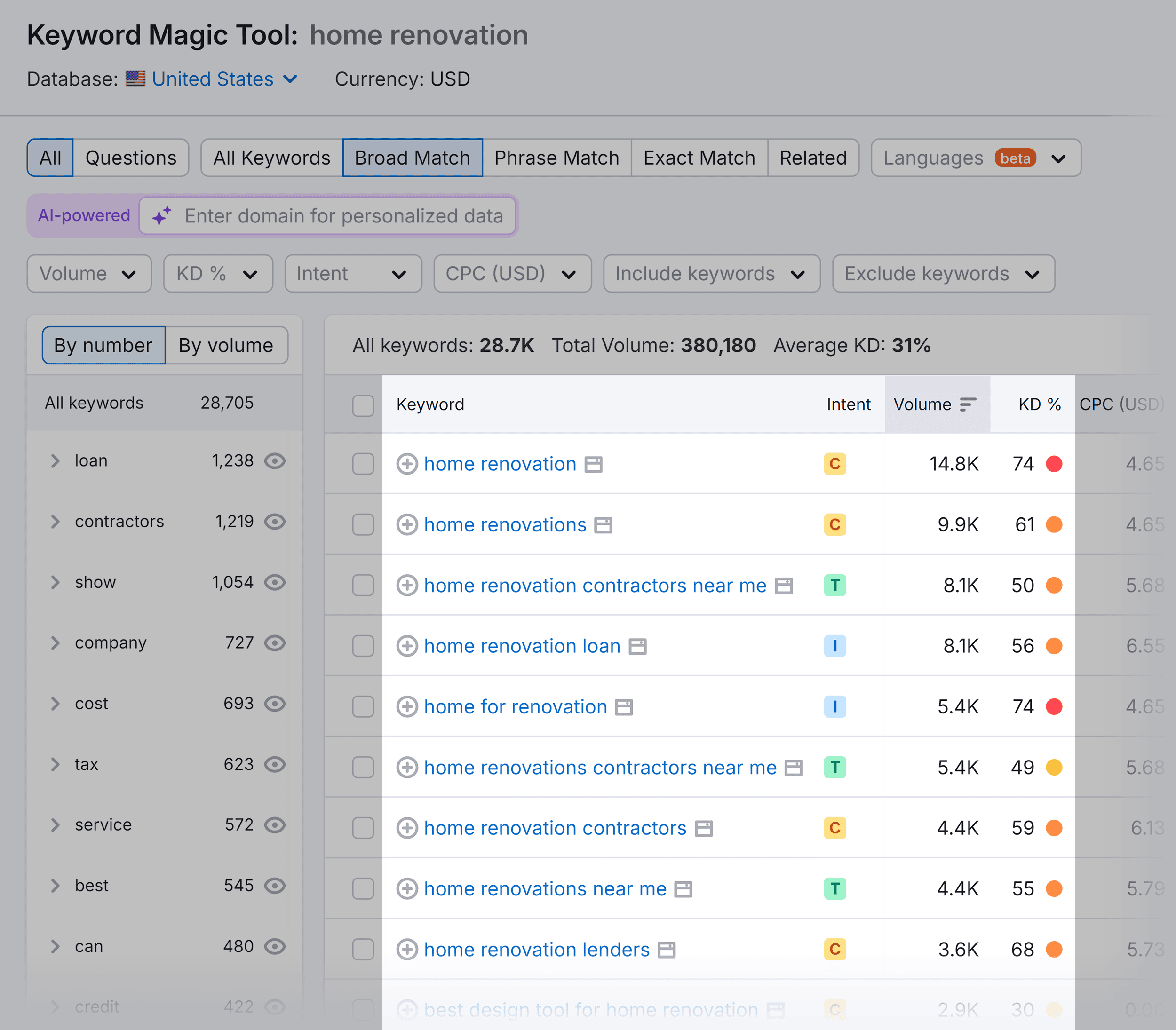
How do you find the right keywords for your site from this long list?
Here’s how:
- Filter by search intent: Focus on keywords that align with your content goals. For example, prioritize keywords with informational intent if you’re creating how-to guides. For conversion-focused content, target commercial (and in some cases transactional) keywords.
- Set volume thresholds: Establish minimum and maximum volume thresholds based on your site’s authority. You can also aim for a mix of high and low volume keywords based on your content production bandwidth and goals.
- Use difficulty as a guide: For newer sites, pick keywords with lower difficulty scores. As your site gains authority, you can gradually target more competitive keywords.
In this case, “home renovation contractors” is a good keyword for building a cluster.
With a 59% difficulty score and 4,400 search volume, you can use this keyword as a starting point to create multiple cluster articles on hiring contractors.
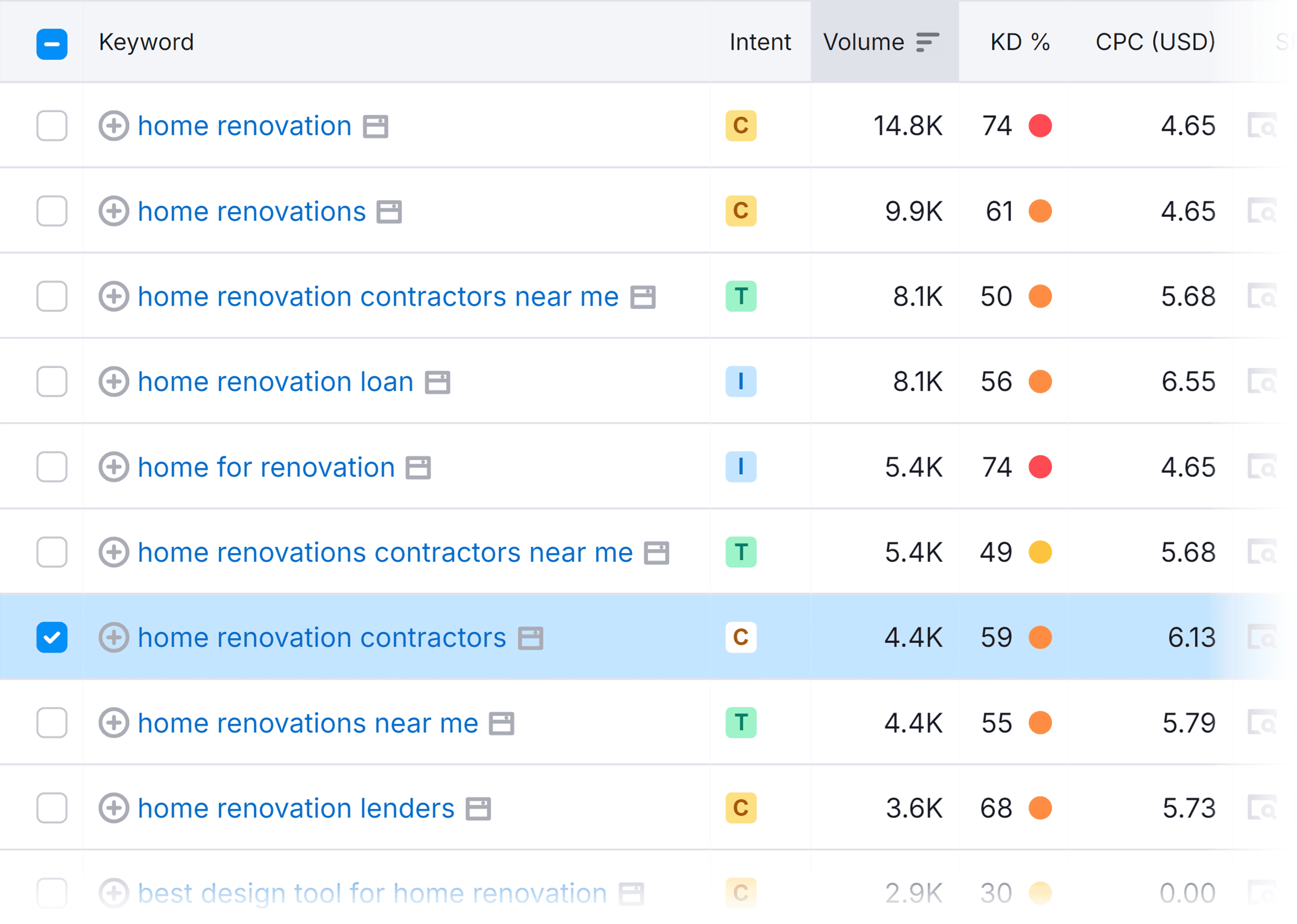
Click on the window icon next to this keyword for an overview.
You can find related terms and questions to build cluster articles. This overview also offers a snapshot of the top-ranking results for this keyword.
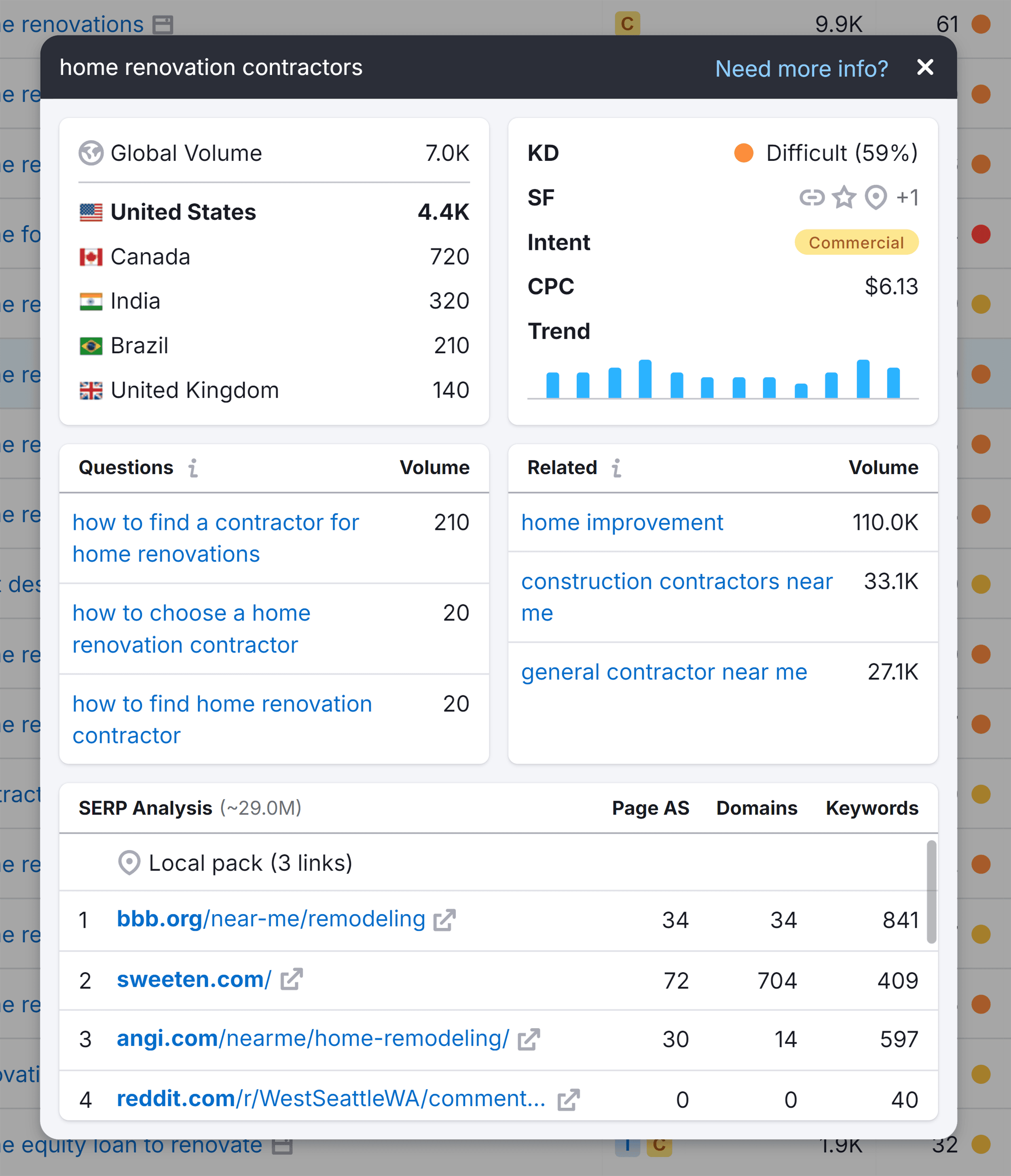
After shortlisting this keyword (along with relevant variations and related keywords), repeat all the steps using “home renovation contractors” as the seed keyword. This will help you find more target keywords for this cluster.
Then, repeat this step for other keywords you found in the first list (like “home renovation lenders”) to plan new clusters.
Start your keyword research
Explore the largest keyword database.
3. Document Your Pillars and Clusters
One of the easiest ways to document your pillar and cluster content ideas is with a good old spreadsheet.
Here’s an easy format for jotting down the keywords, topics, and metrics for all planned topic clusters. Customize this table and add new columns to include additional details where required.
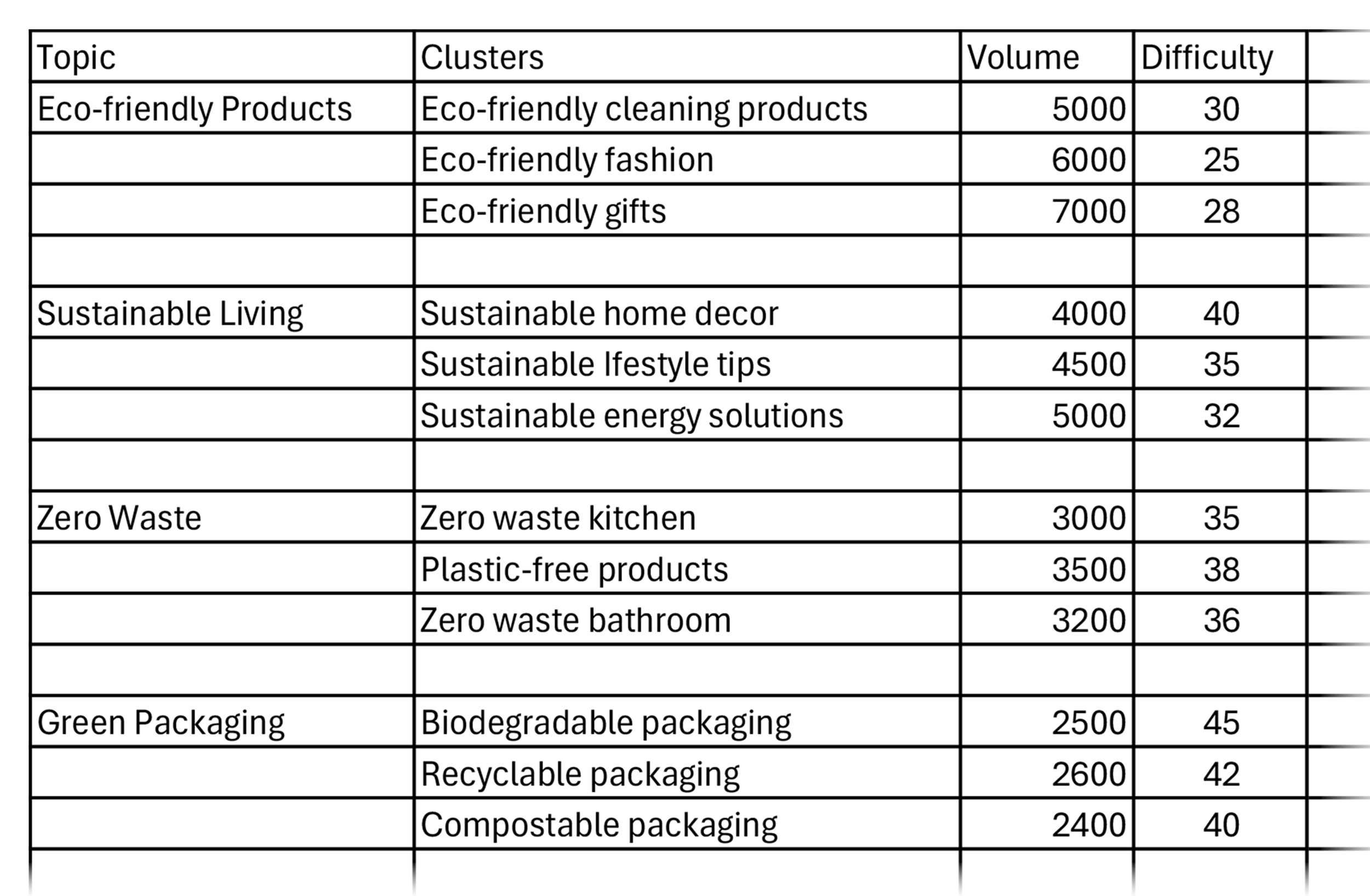
You can also visualize your content cluster(s) using visual workspace tools like Whimsical and Miro.
Here’s a flowchart of our above example:
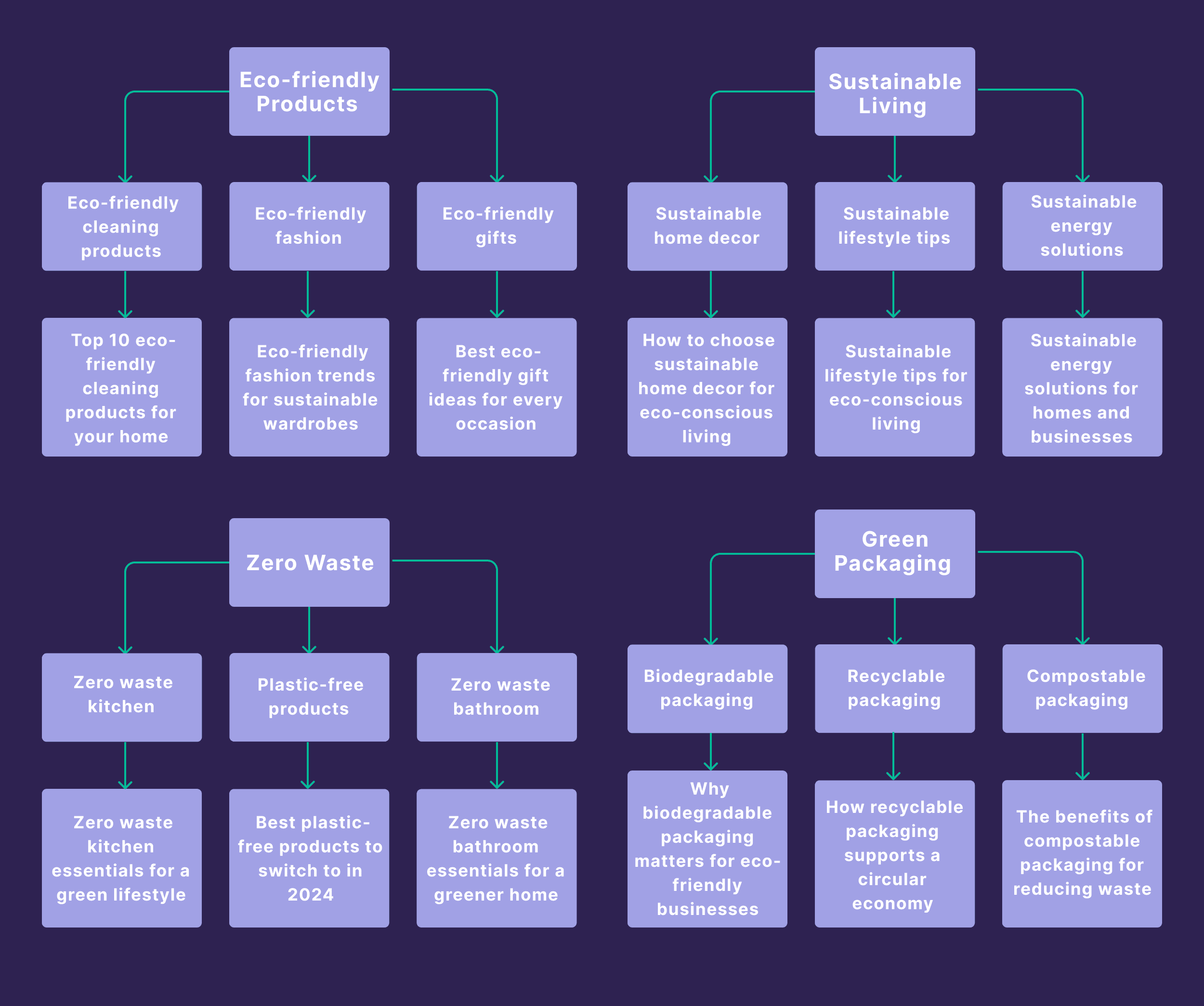
Alternatively, you can merge steps 2 and 3 to create topic clusters with Semrush’s Keyword Strategy Builder. The tool gives you a detailed list of keywords for cluster pages based on a seed keyword.
Start by entering the seed keyword you’ve shortlisted. In this example, it’s “home renovation contractors.”
Then click “Create list.”
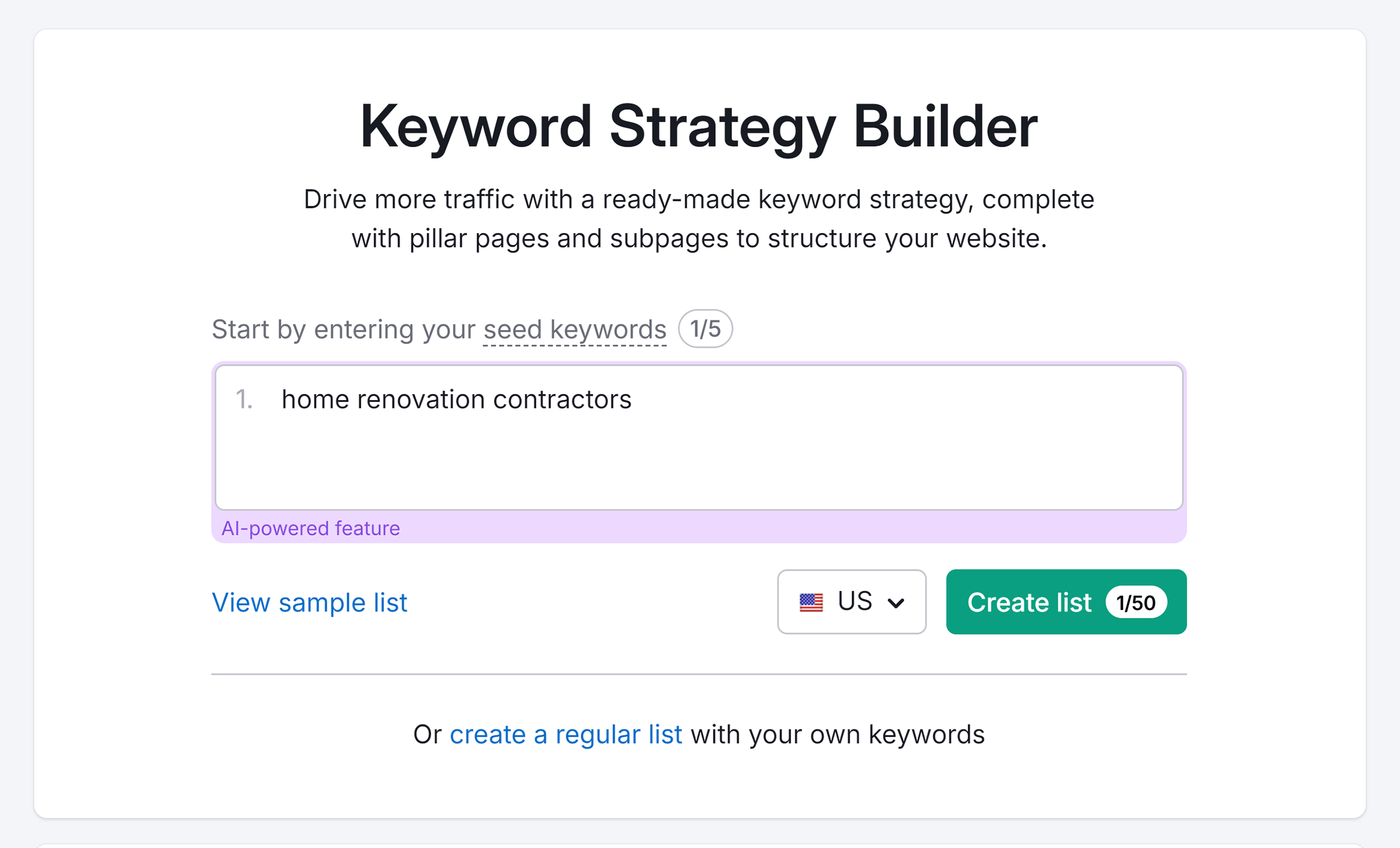
The results present several topic cluster ideas, each with a pillar page and multiple subpages.
For example, one of the topic clusters is “renovation loans.” The subpages in this cluster cover topics like “personal loan for home improvement” and “renovation lending.”
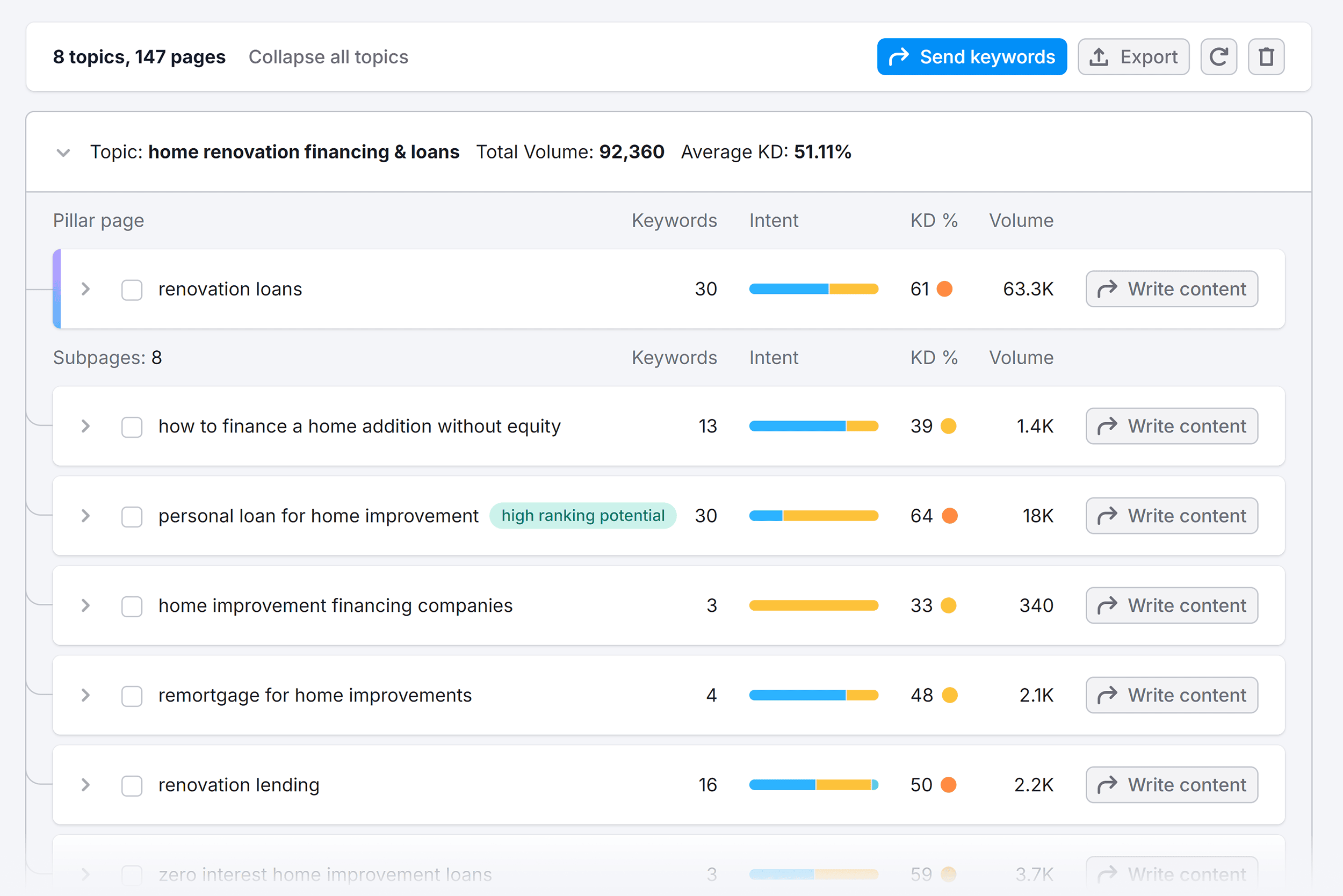
You can also see the target keywords for individual pages along with top-ranking results for competitor analysis.
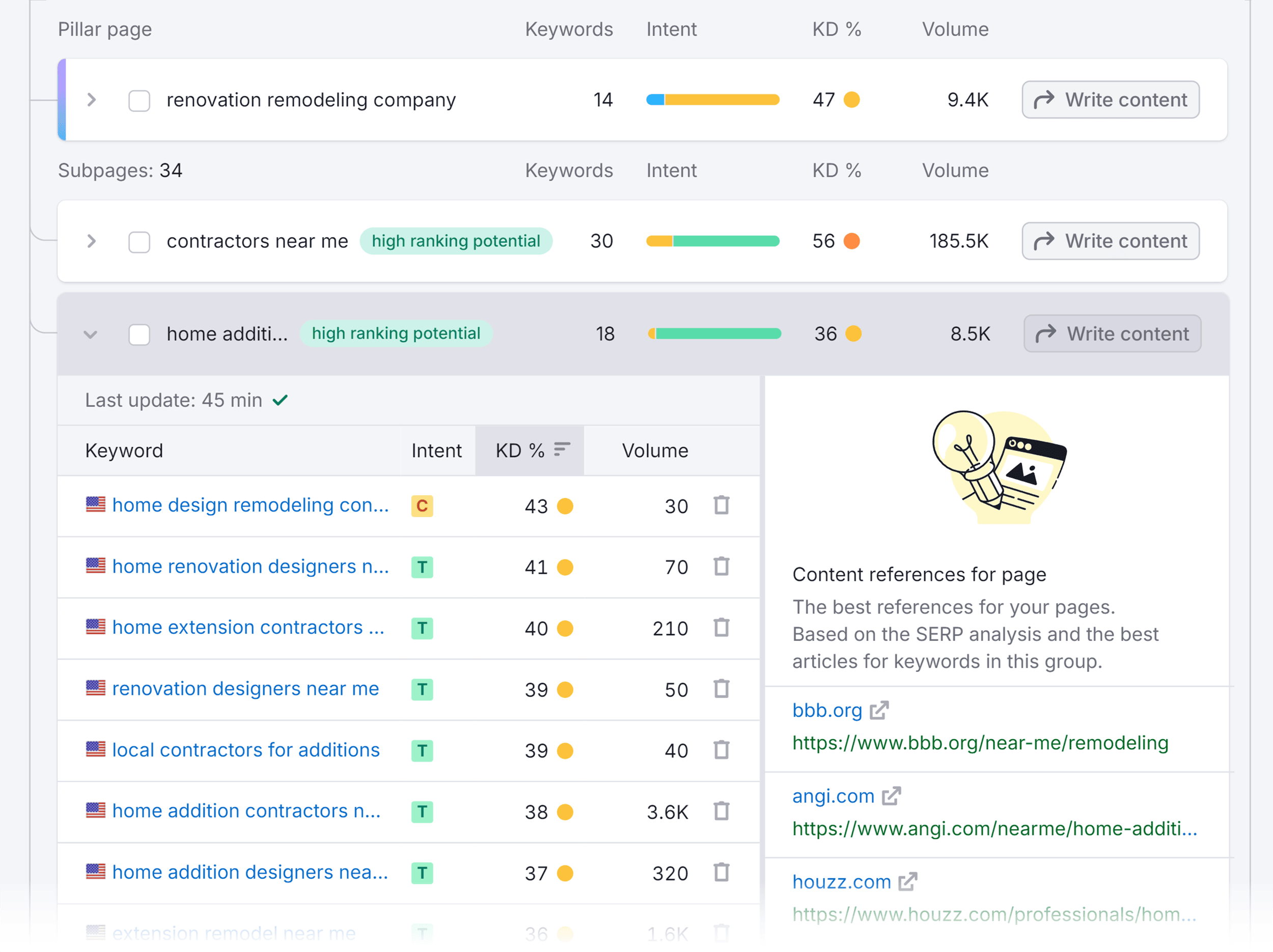
Note: If you’ve already published content on your website, conduct a content audit to find gaps and overlaps in your topic clusters. This is important for preventing keyword cannibalization and duplicate content.
4. Create Pillar Pages and Cluster Content
Plan a structure for your pillar page based on the subtopics in the cluster. This is also a good time to choose the format and layout for your pillar content.
You should outline the headings and content to cover in each section. Also consider where to place links to the cluster pages.
Here are a few ways to create a user-friendly design for pillar pages:
- Add links to all cluster articles at the start of the page
- Include a sticky table of contents for easier navigation
- Use clear, descriptive headings and subheadings
- Implement consistent formatting across all pages
Here’s a great example of a pillar page that shares context around the topic, then lists all the cluster articles with a brief summary:
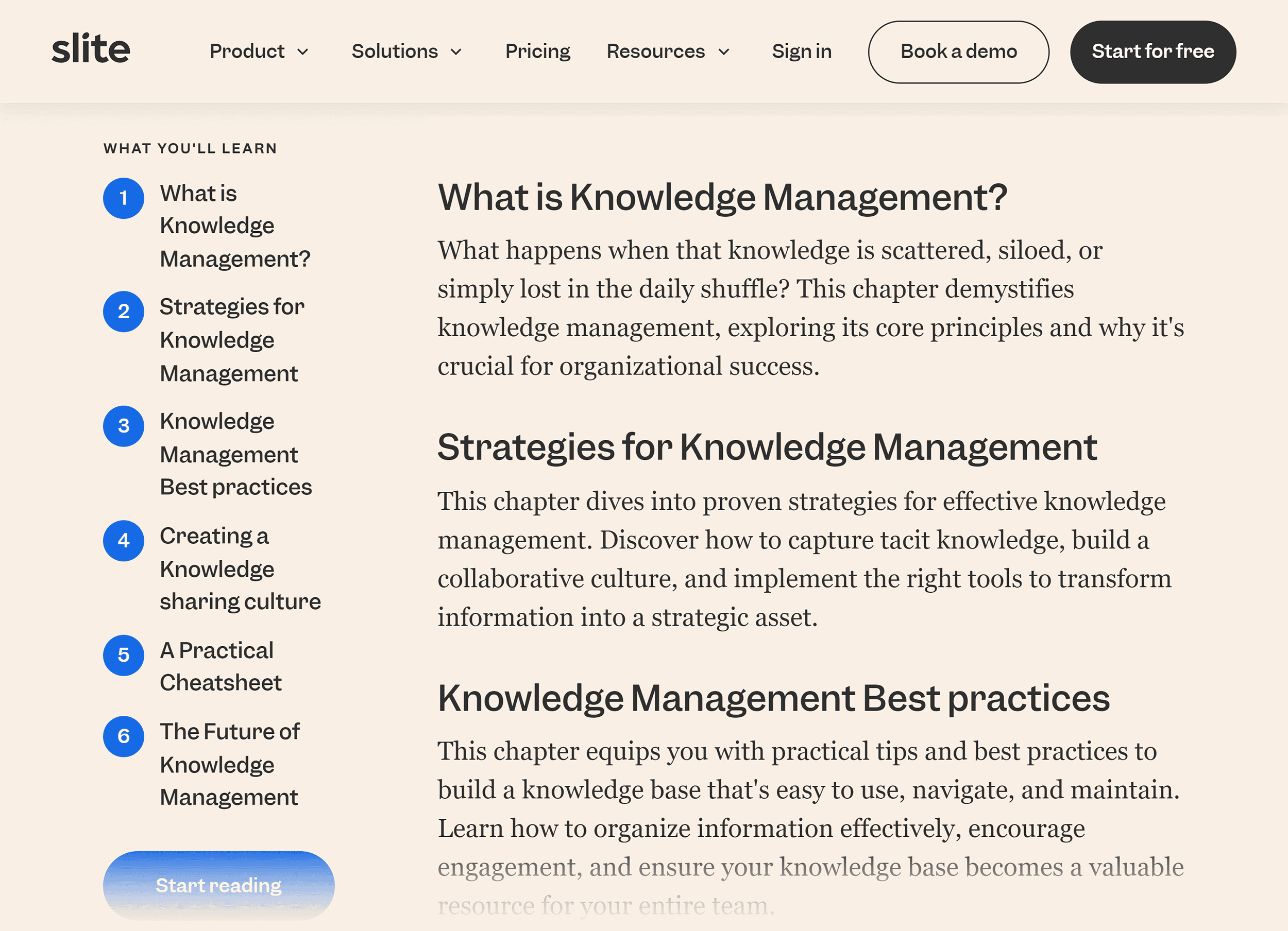
Remember to target one primary keyword in every cluster article.
For example, if you’re building a topic cluster on “pour-over coffee,” here are a few topics you might want to cover:
| Subtopic | Primary Keyword |
|---|---|
| 10 Best Pour-Over Coffee Makers to Consider | best pour-over coffee maker |
| Ultimate Guide to Pour-Over Coffee Grind Size | grind size for pour-over coffee |
| How to Make Pour-Over Coffee | pour-over coffee recipe |
| 10 Must-Have Pour-Over Coffee Accessories | pour-over coffee accessories |
Analyze the search results for each keyword to review the top-ranking articles. Aim to create better content that can outrank the top results.
Further reading: To learn how to go from keyword research to polished content, check out our guide on how to create high-quality content.
5. Build an Internal Linking Structure
Internal links tie together all the pages within a topic cluster. They link the pillar page to all the cluster articles AND connect these articles to each other.
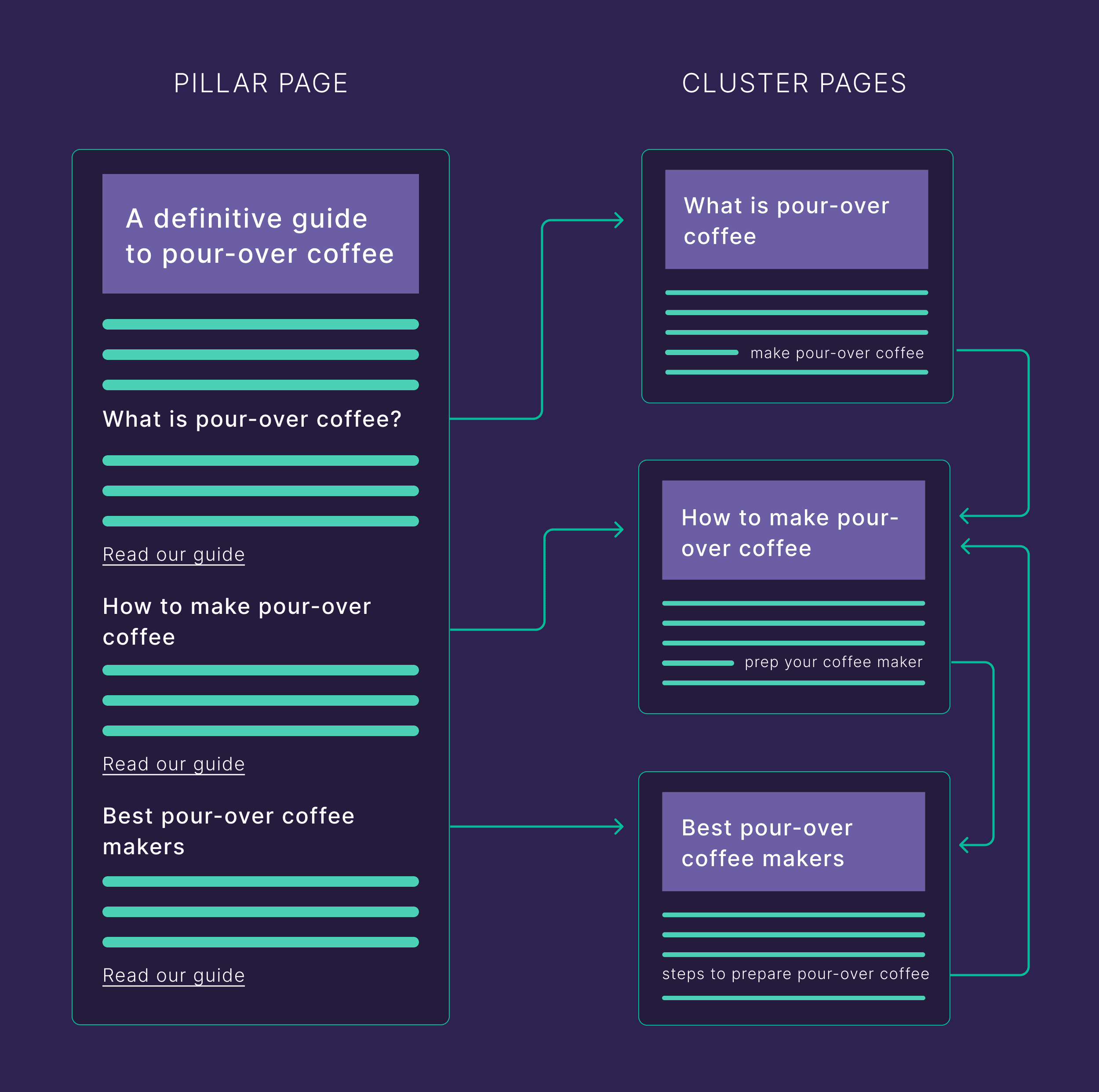
These links have two key benefits:
- Improve reader experience: Contextually connect articles to help readers navigate the cluster and effortlessly discover more (useful) information about a topic
- Pass authority within a cluster: Link related content to pass authority from higher-ranking pages to low-ranking ones and improve their performance
You can also add links to pages outside the cluster to keep readers hooked and increase the time users spend on your site. Making more opportunities to convert them into customers.
As a best practice, use descriptive and relevant anchor text when linking your pillar and cluster pages.
For example, if you want to link a page “www.brand.com/blog/how-to-make-pour-over-coffee”:
- Bad anchor text: click here to read our full guide
- Good anchor text: check out our guide to learn how to make pour-over coffee
6. Measure Cluster Performance
You can’t publish an entire topic cluster and call it a day.
Once all the pages are live, you need to take relevant actions to monitor performance and improve your ROI.
Analyzing your topic cluster will help you:
- Optimize your content: Identify underperforming content based on search rankings and traffic data. Then, enhance these pages by adding more insights, updating information, and improving internal links to improve your chances of securing top spots in search results.
- Discover new ideas: Once your pages rank, you can find related queries to expand the cluster continuously. These insights will also reveal themes that appeal the most to your audience.
You can measure a cluster’s performance through Google Search Console.
Go to the “Search Results” section and apply filters to see results for your cluster articles. You can define filters like queries and URLs to find the exact pages in the cluster.
Then, you can identify the number of impressions, clicks, and keywords these pages rank for.
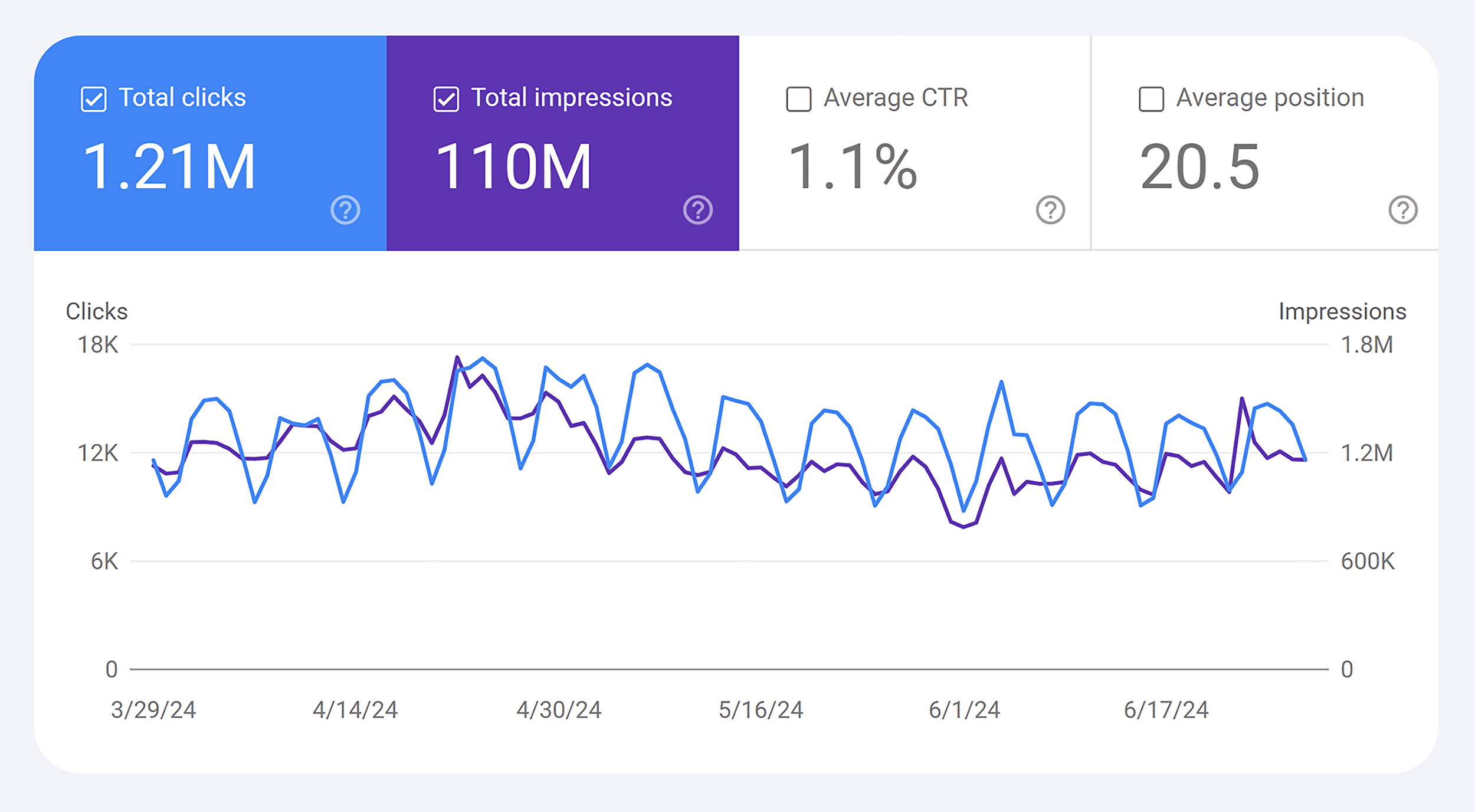
Semrush’s Position Tracking tool is another option for reviewing topic cluster performance.
To get started, just add your target keywords and track Google rankings for your pages.
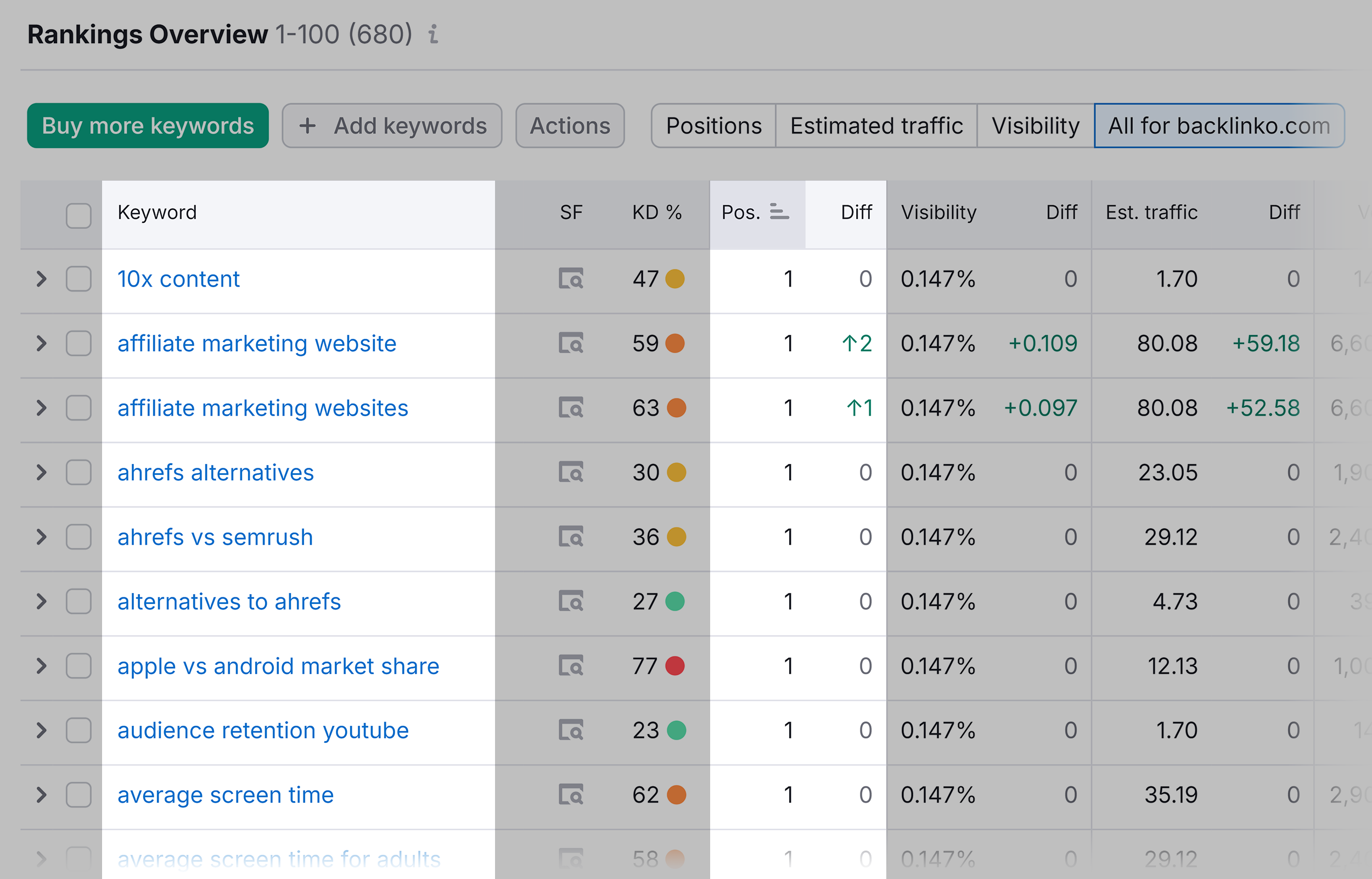
You can also add tags to each keyword.
This makes it easier to review cluster performance through the “Tags” tab.
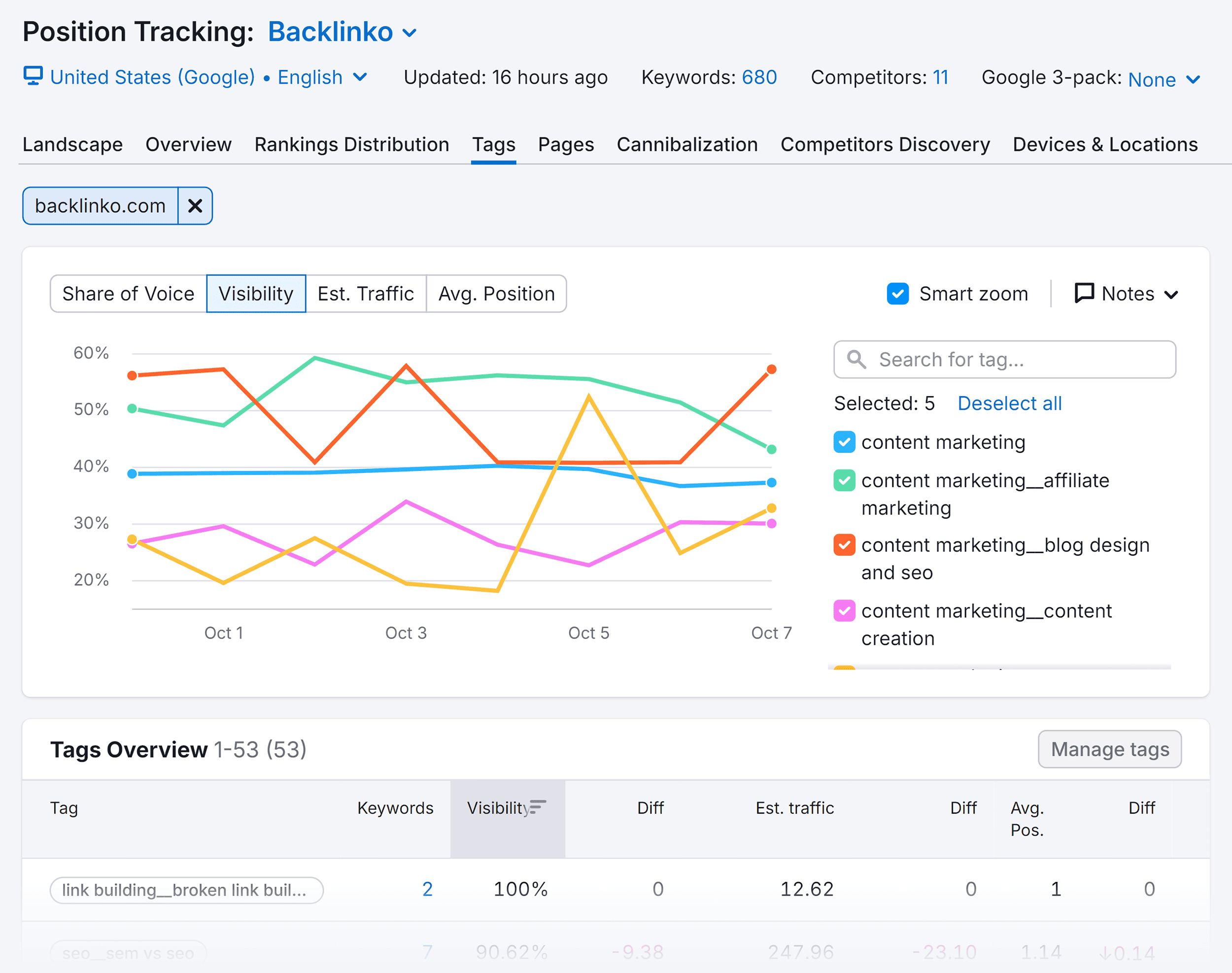
Enhance Your Content Strategy with Topic Clusters
With this 6-step playbook, you’re ready to create high-performing topic clusters.
While you can modify these steps to suit your needs and budget, a good starting point is identifying relevant topics, followed by keyword research.
As you plan your clusters and create content for every page, pay attention to the user experience. Design your pillar and cluster pages to help readers easily find relevant information.
Wondering how to maximize your clusters’ success?
Explore our guide on measuring SEO performance to consistently track your topic clusters and make strategic improvements.
The post Topic Clusters 101: How to Level Up Your SEO (with Examples) appeared first on Backlinko.
این خبر را در ایران وب سازان مرجع وب و فناوری دنبال کنیدجهت دانلود و یا توضیحات بیشتر اینجا را کلیک نمایید




